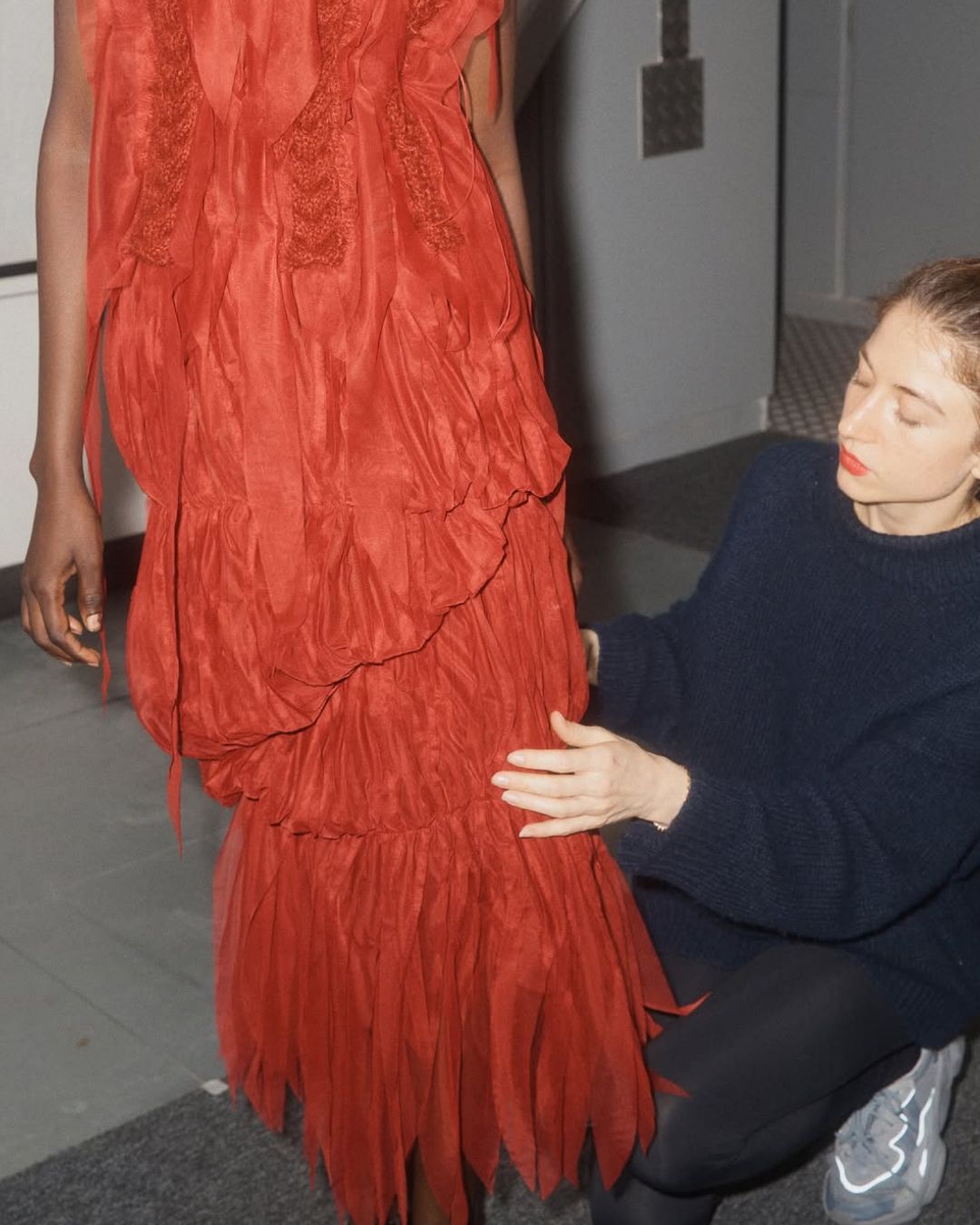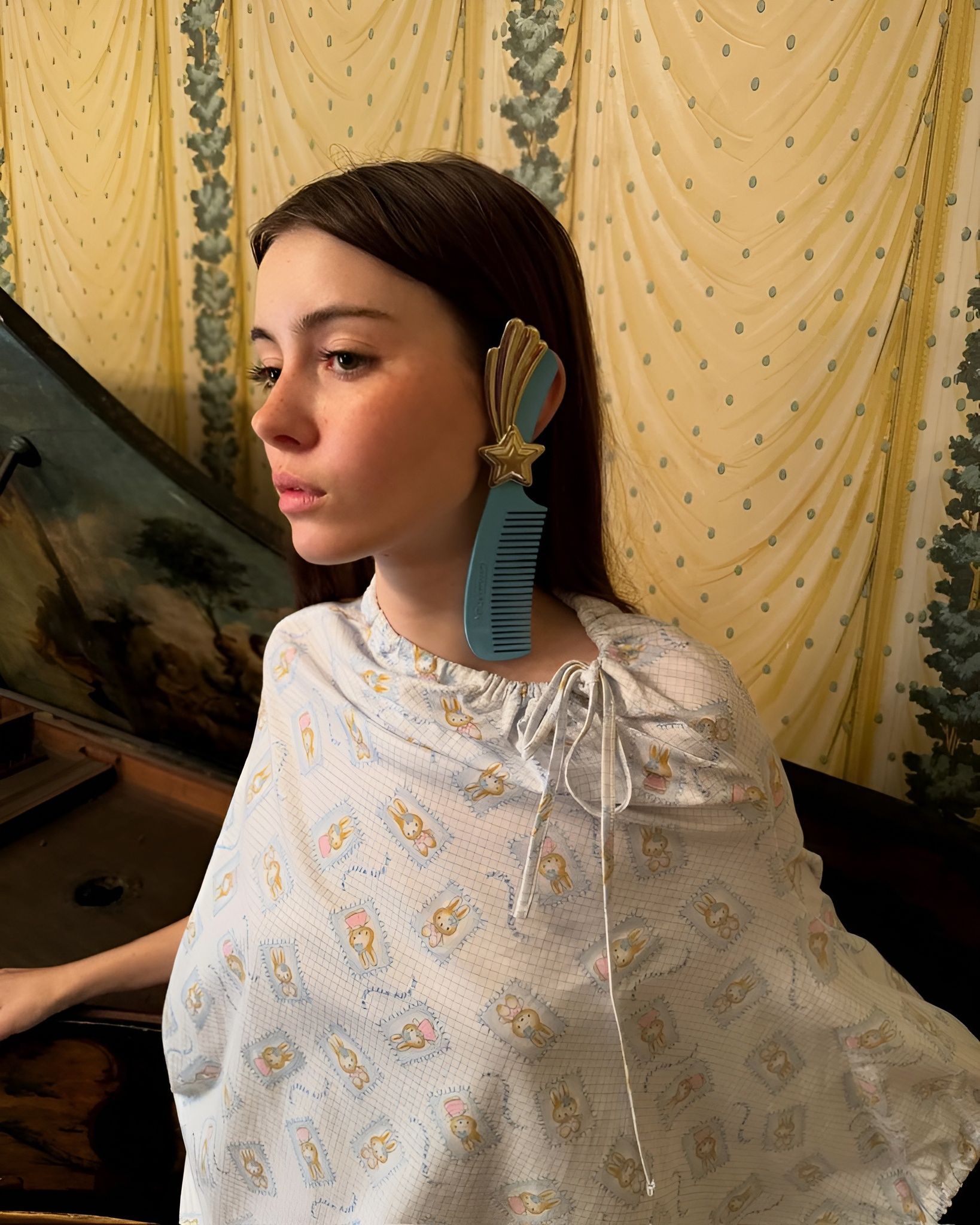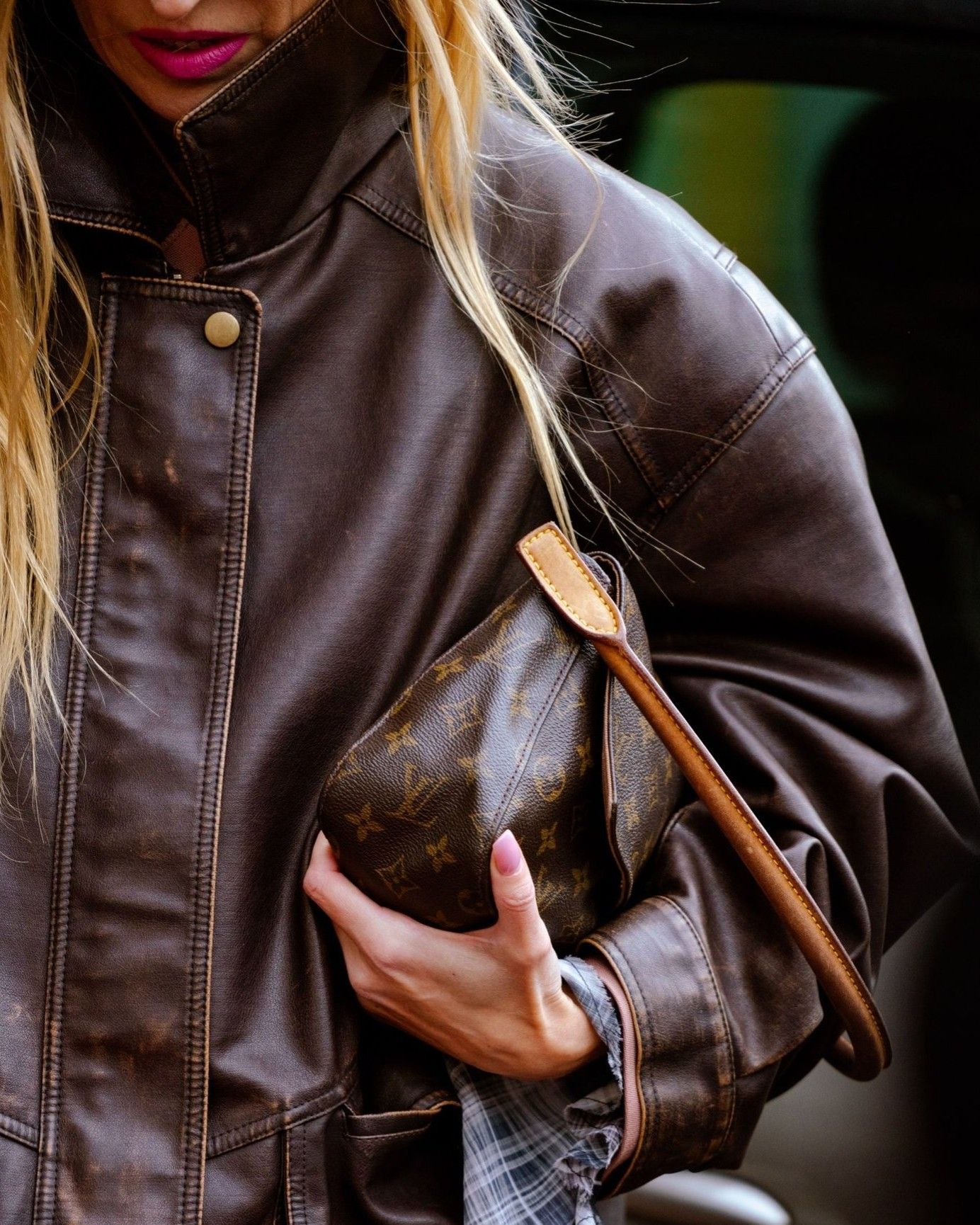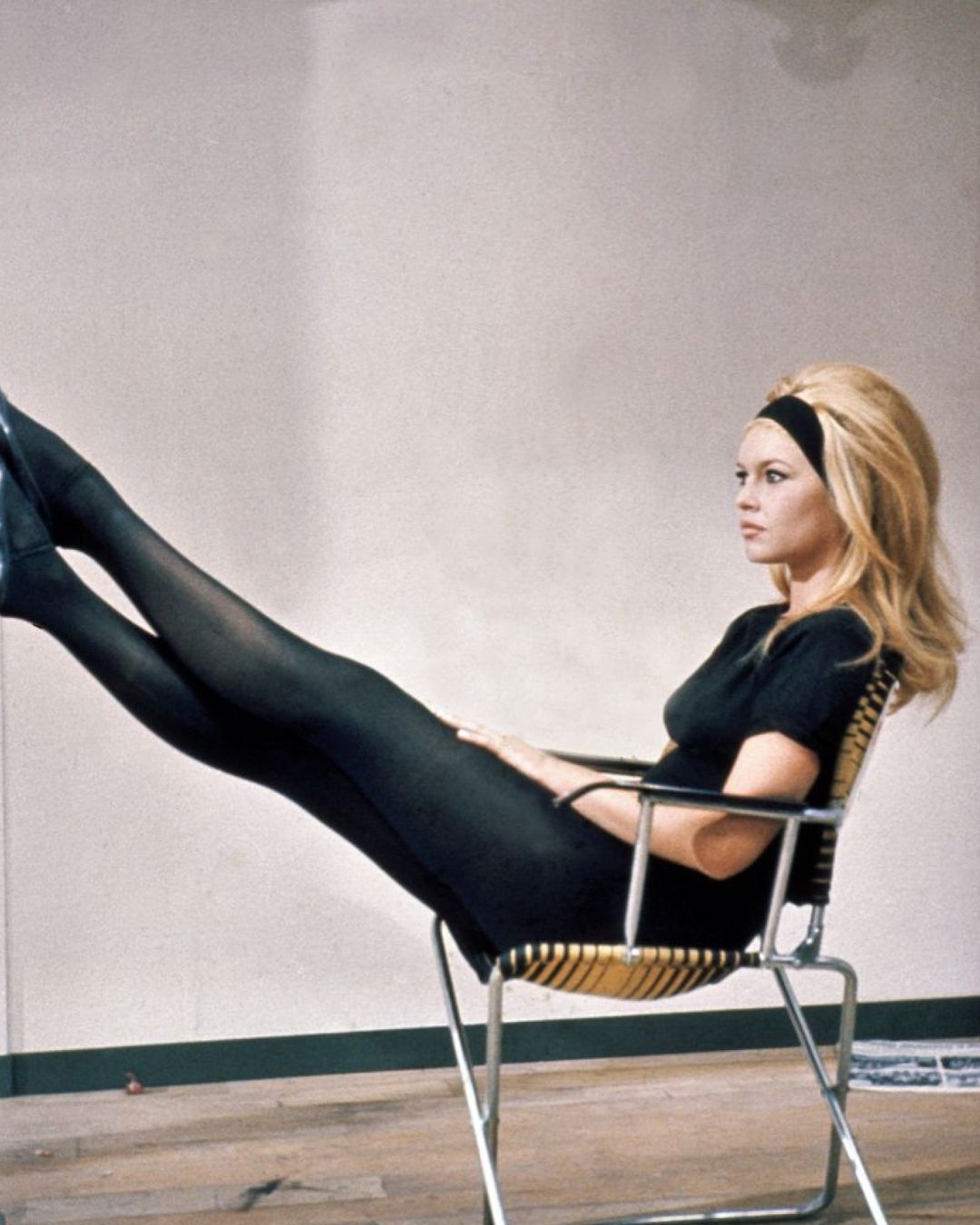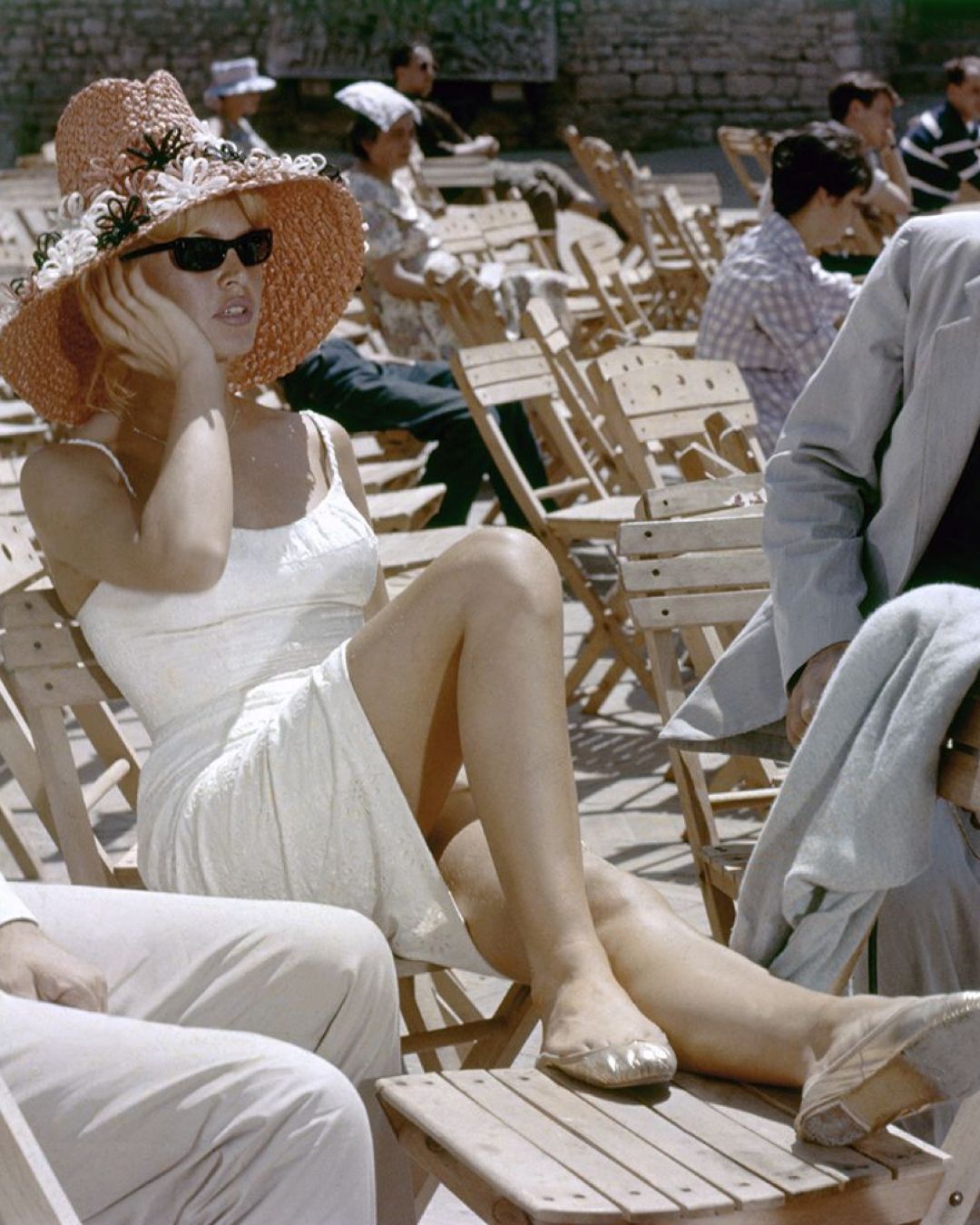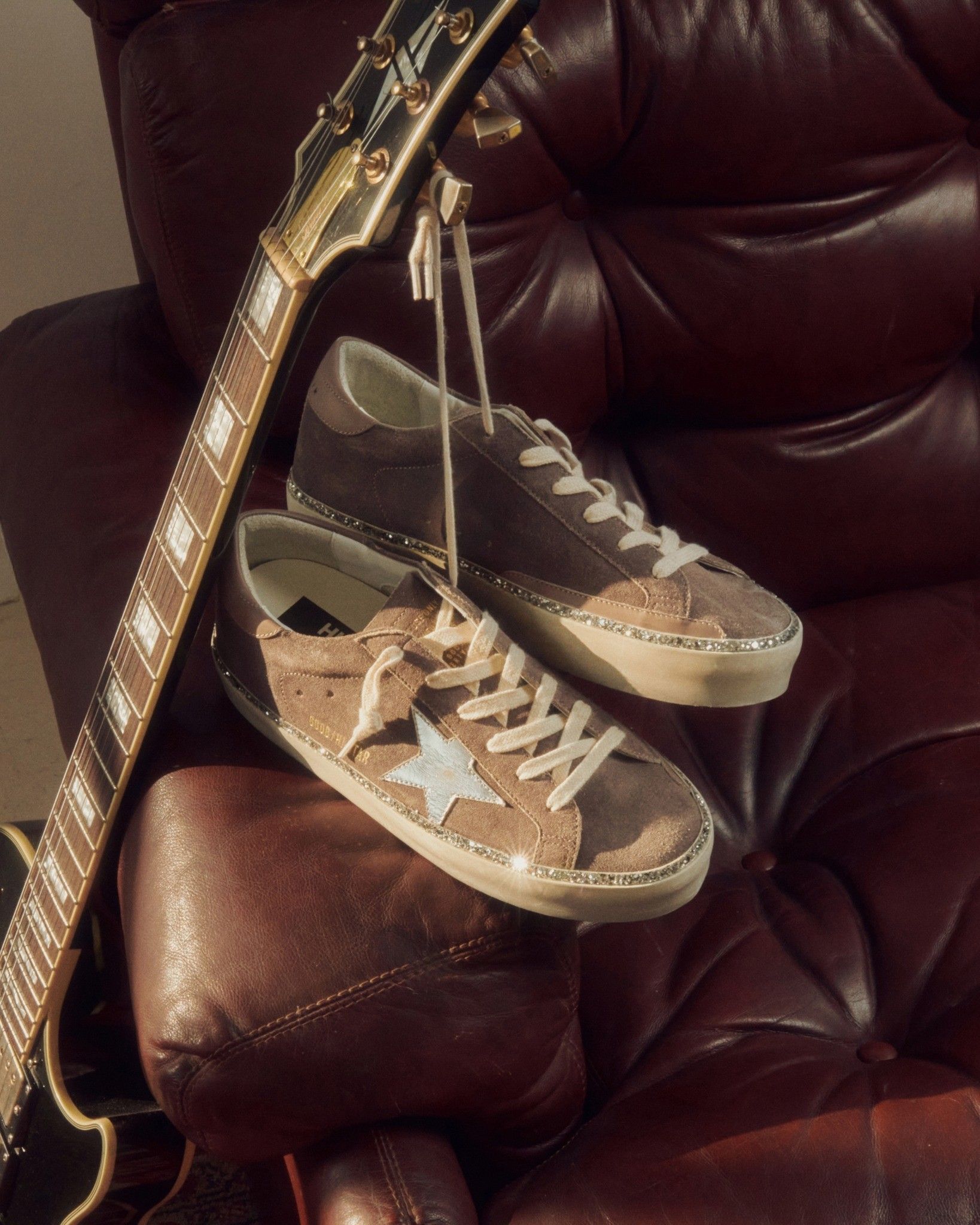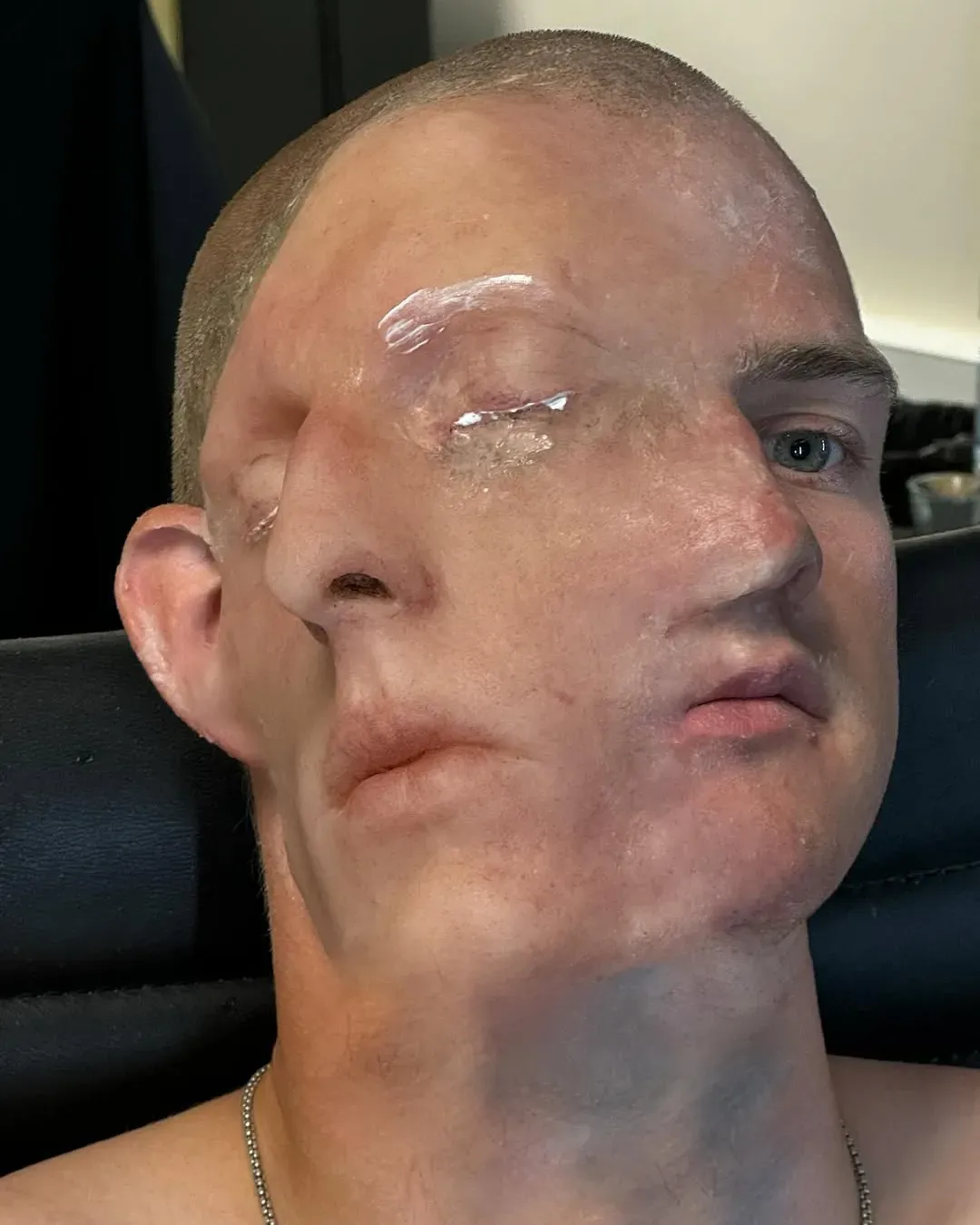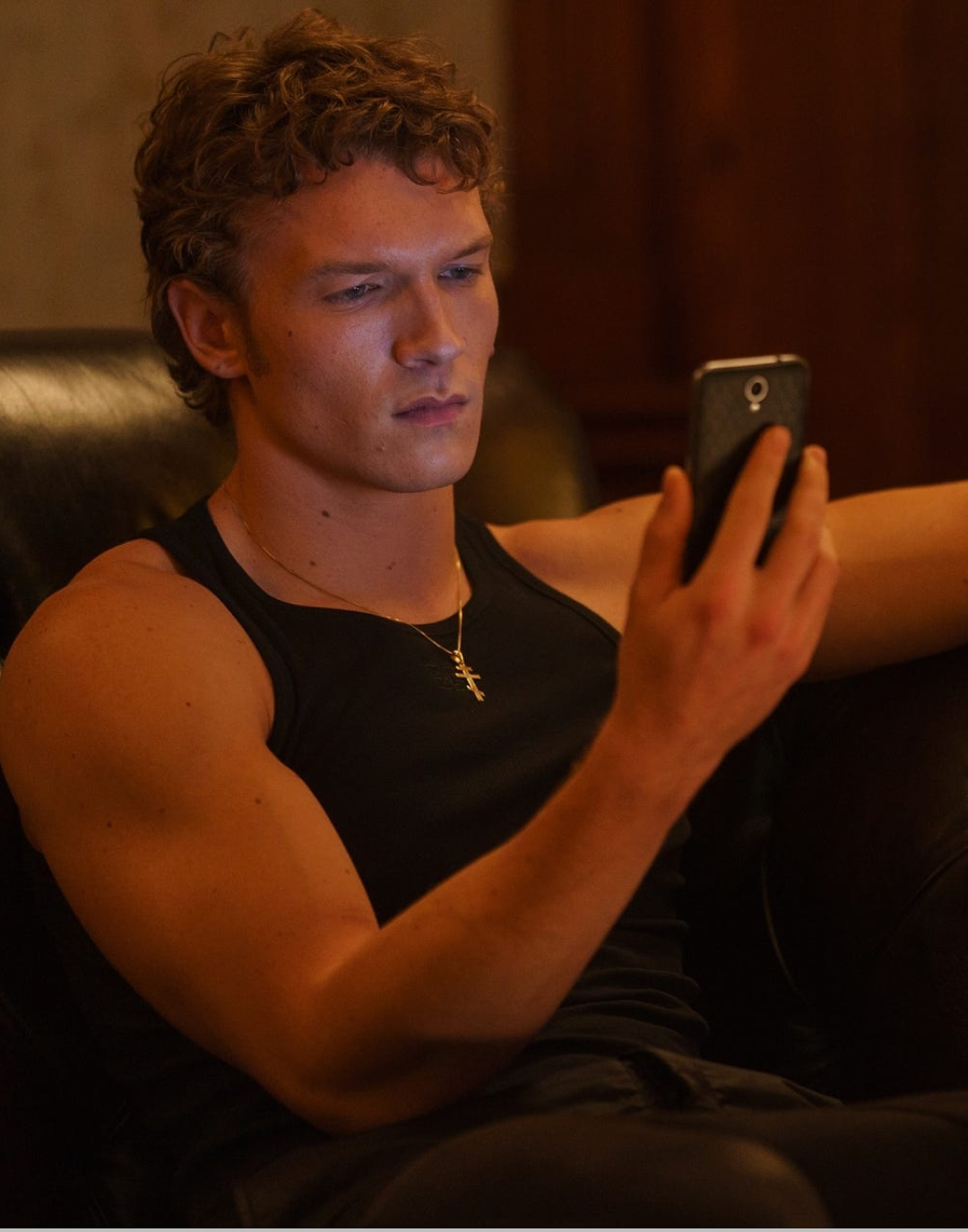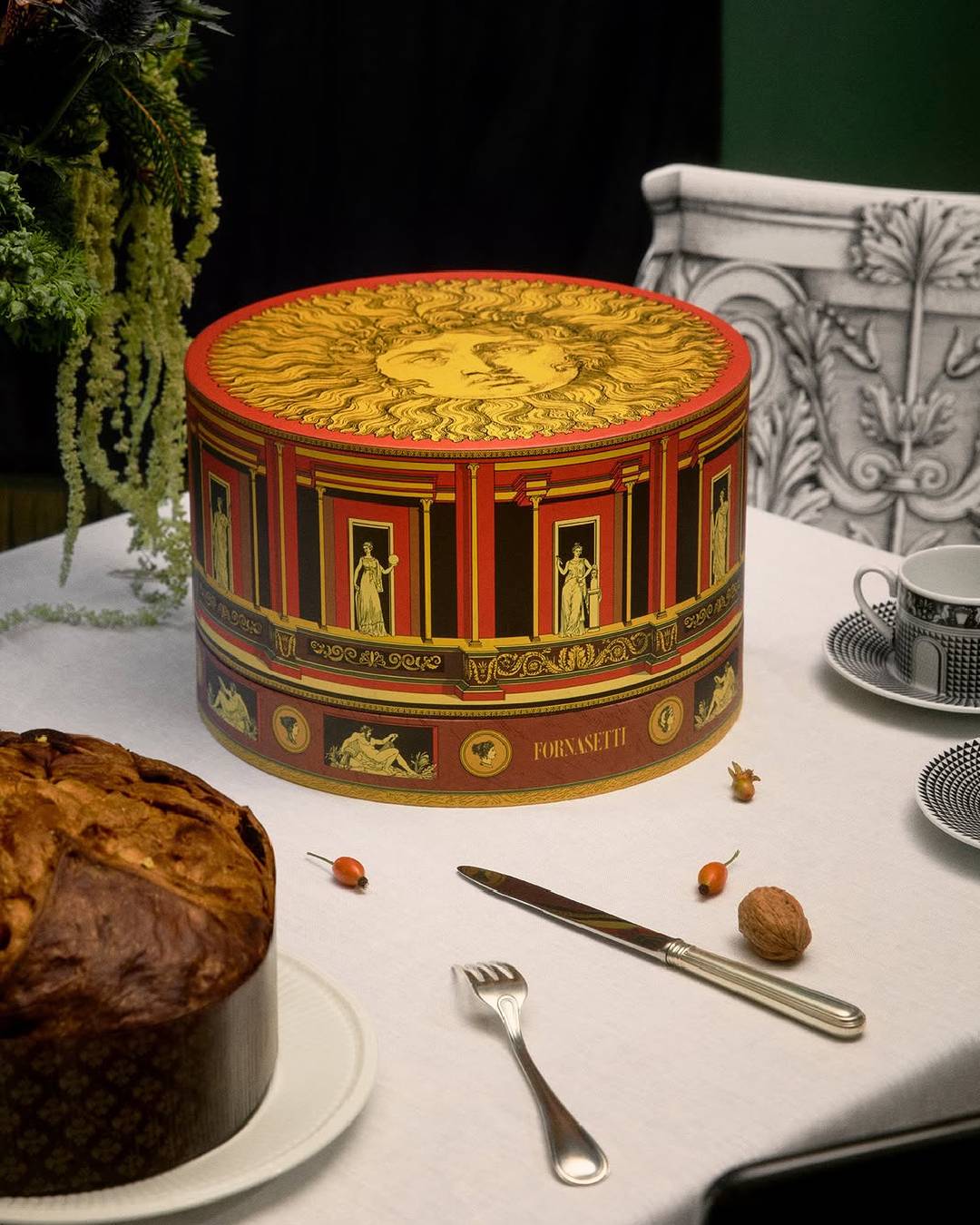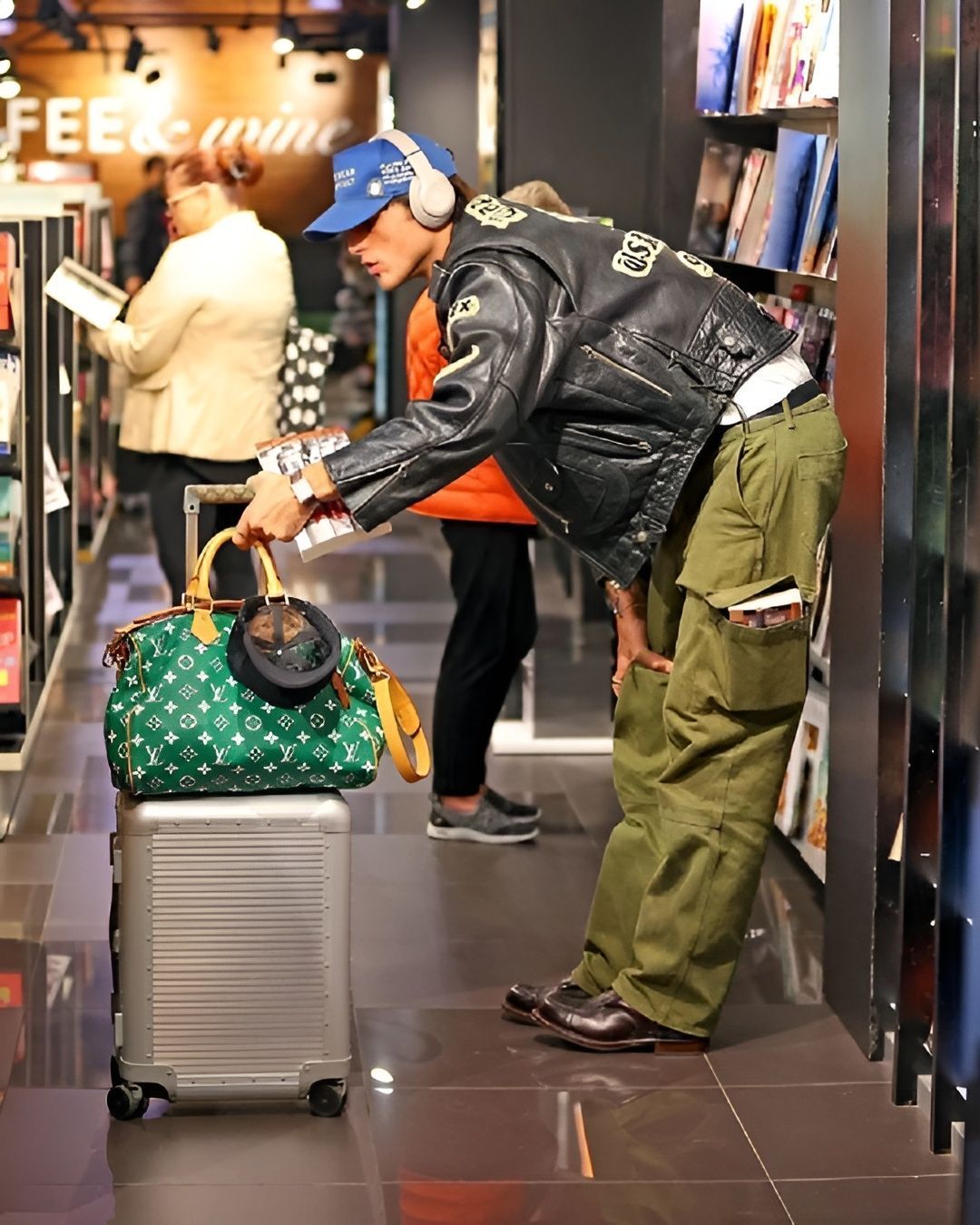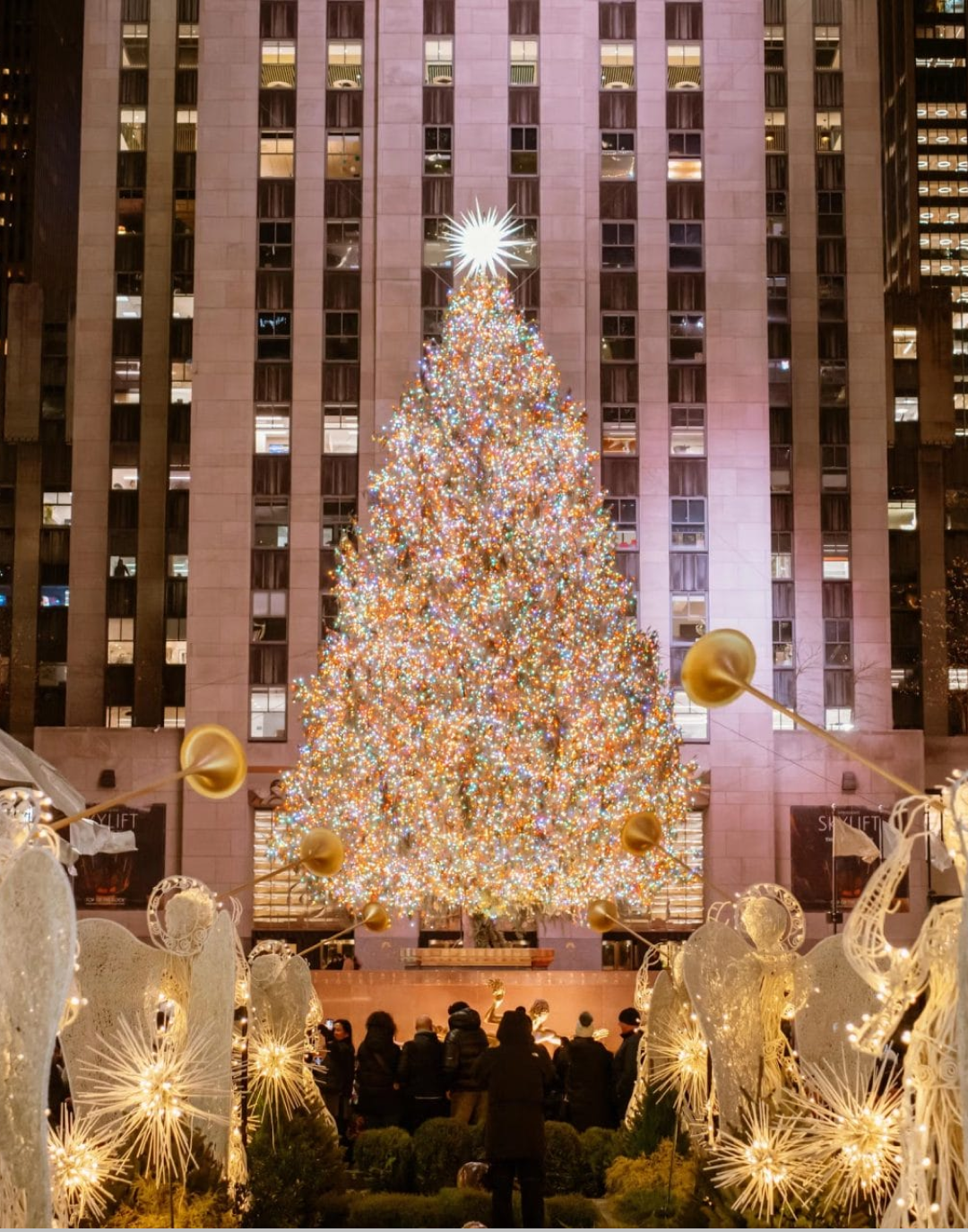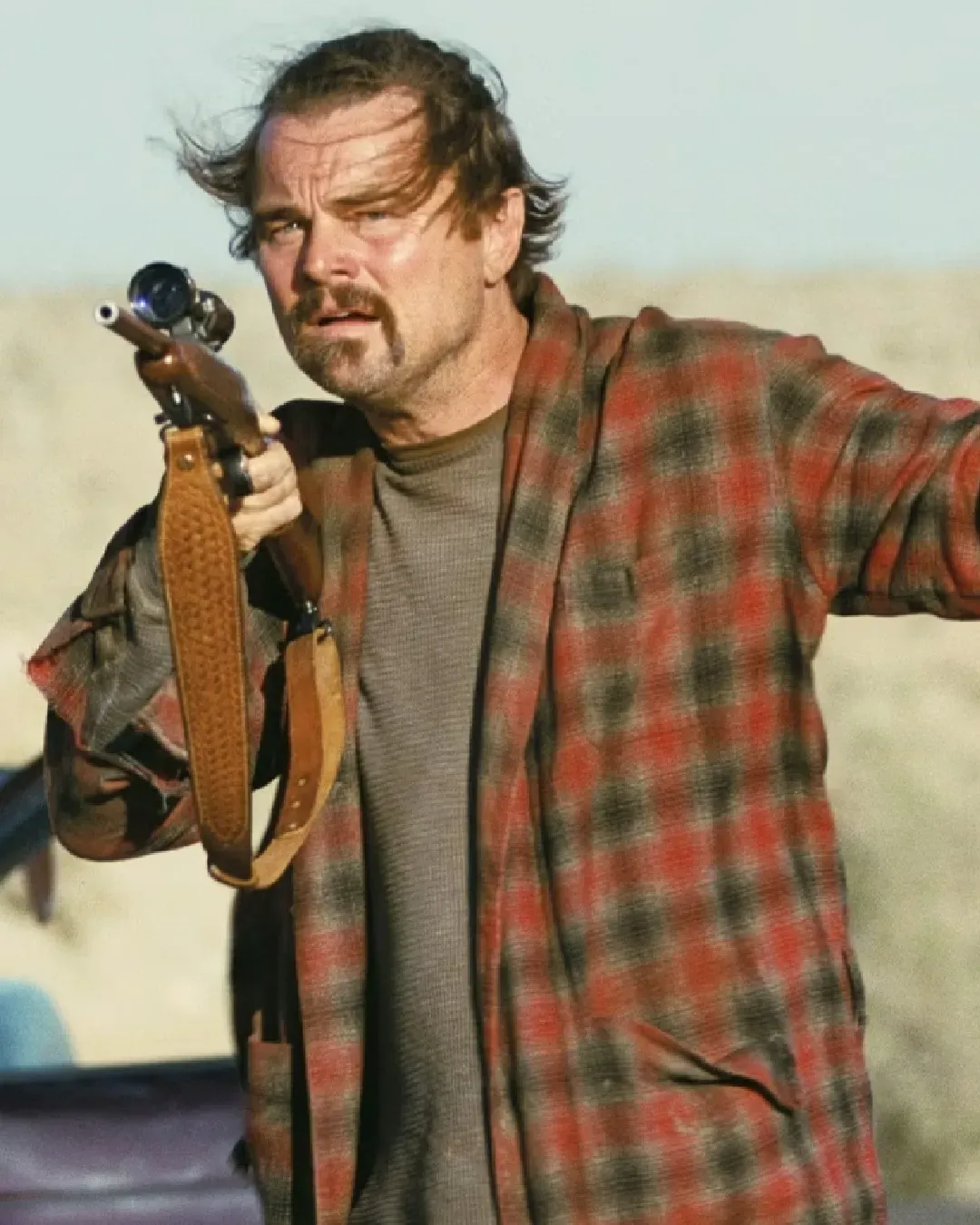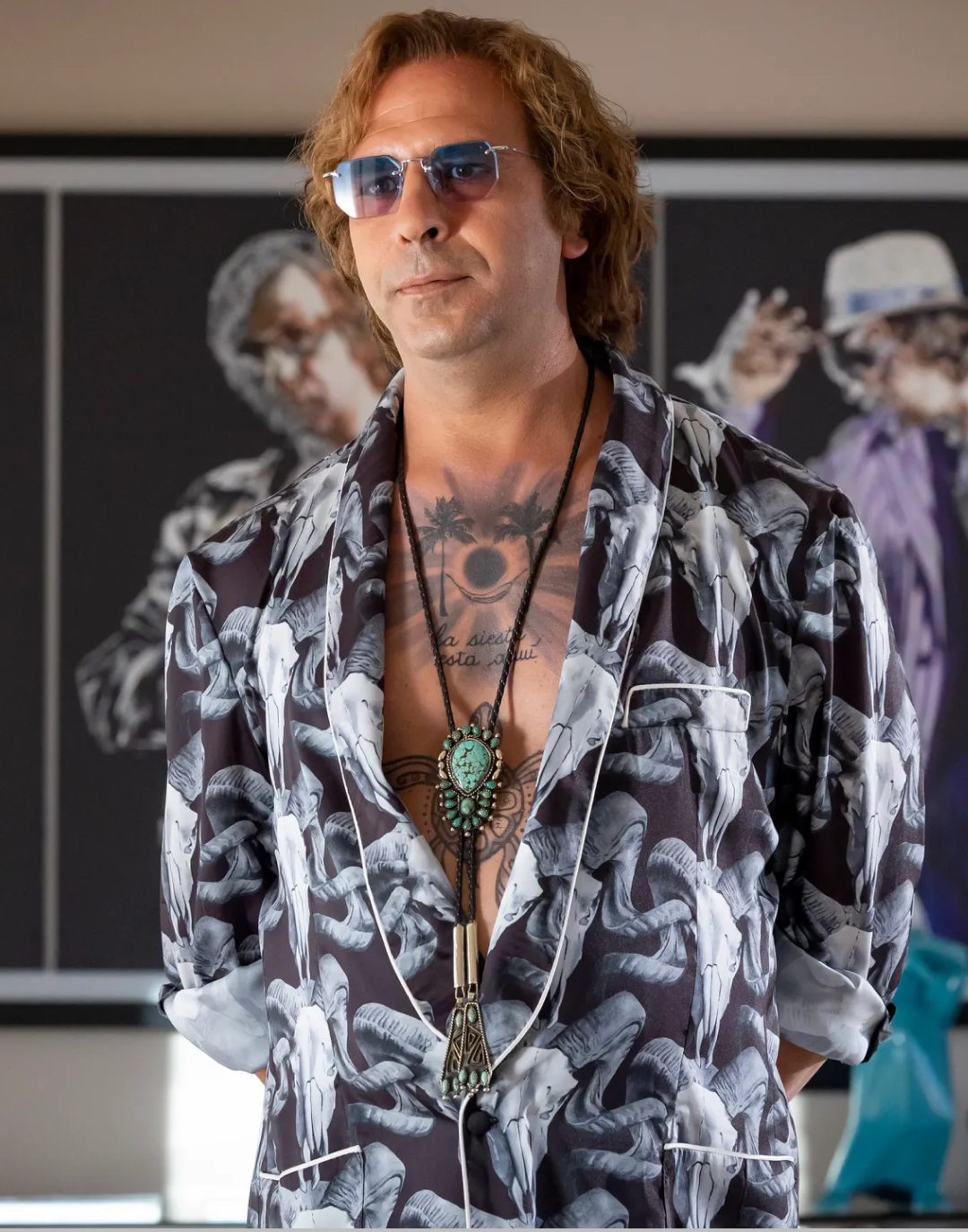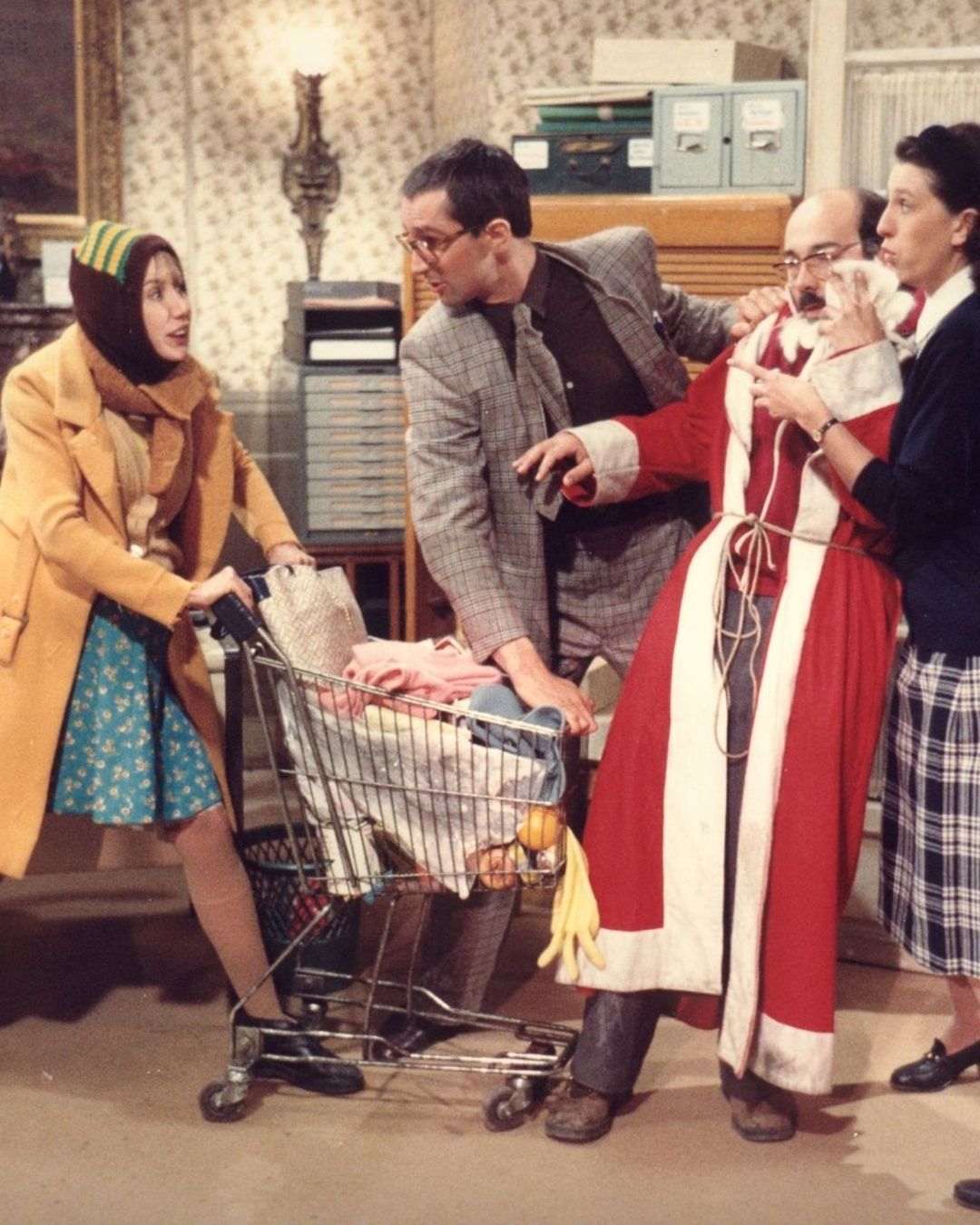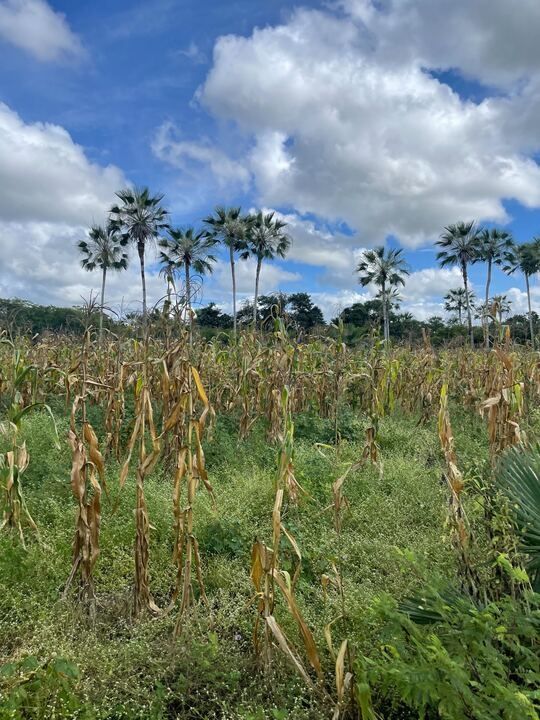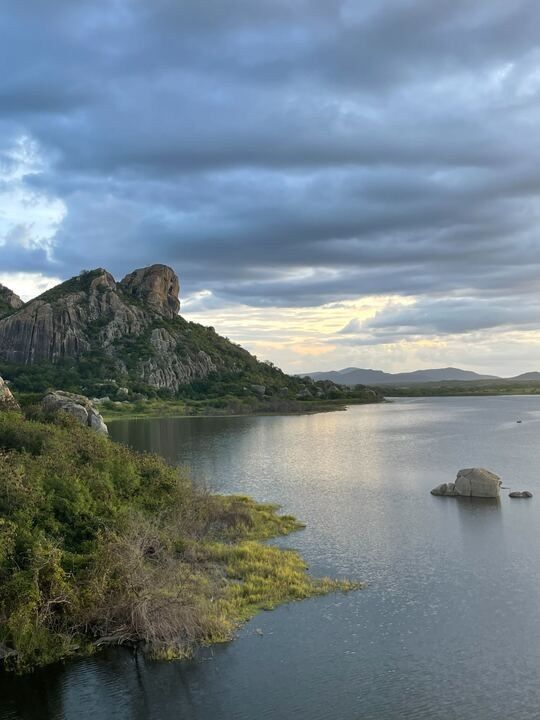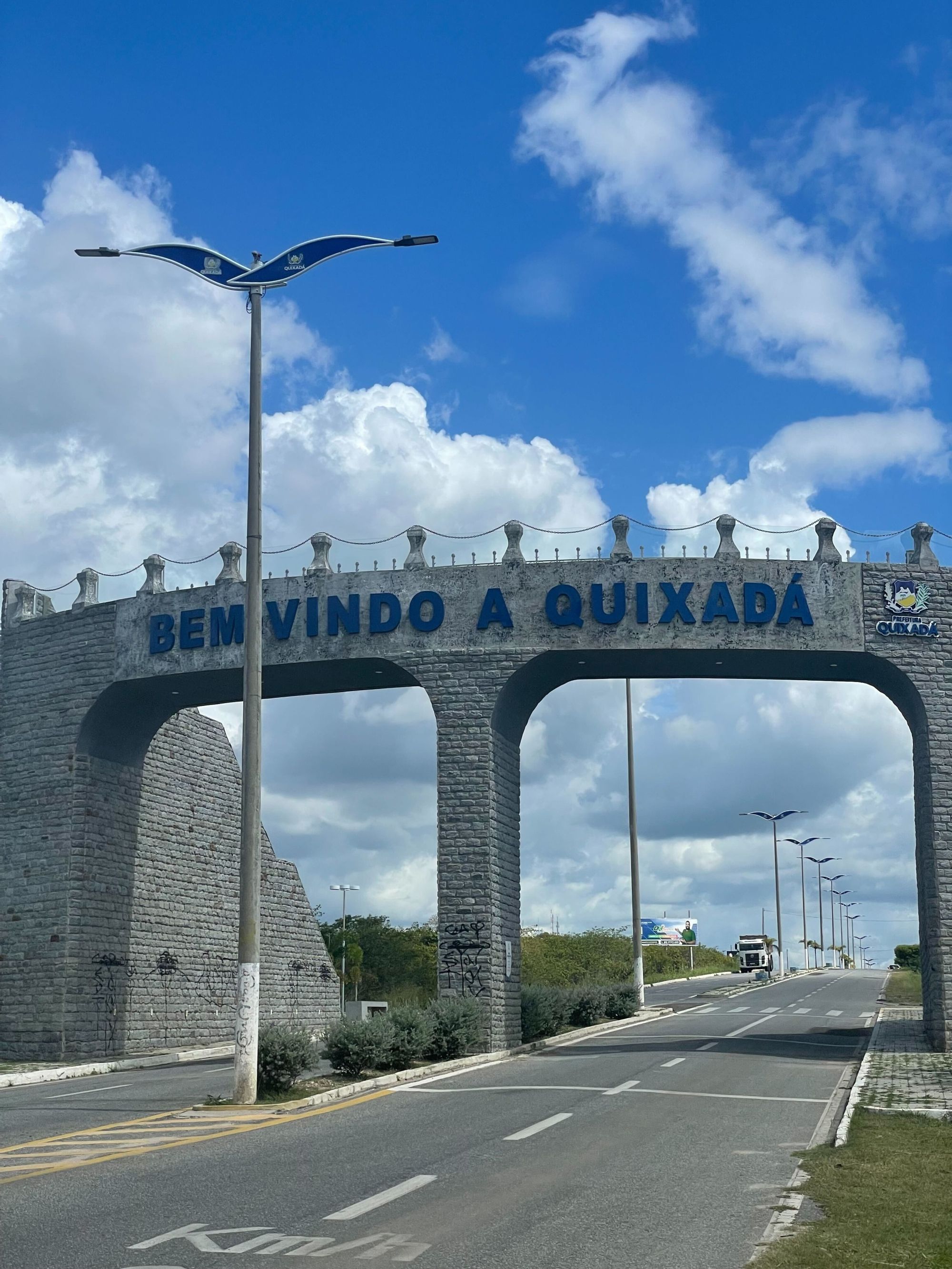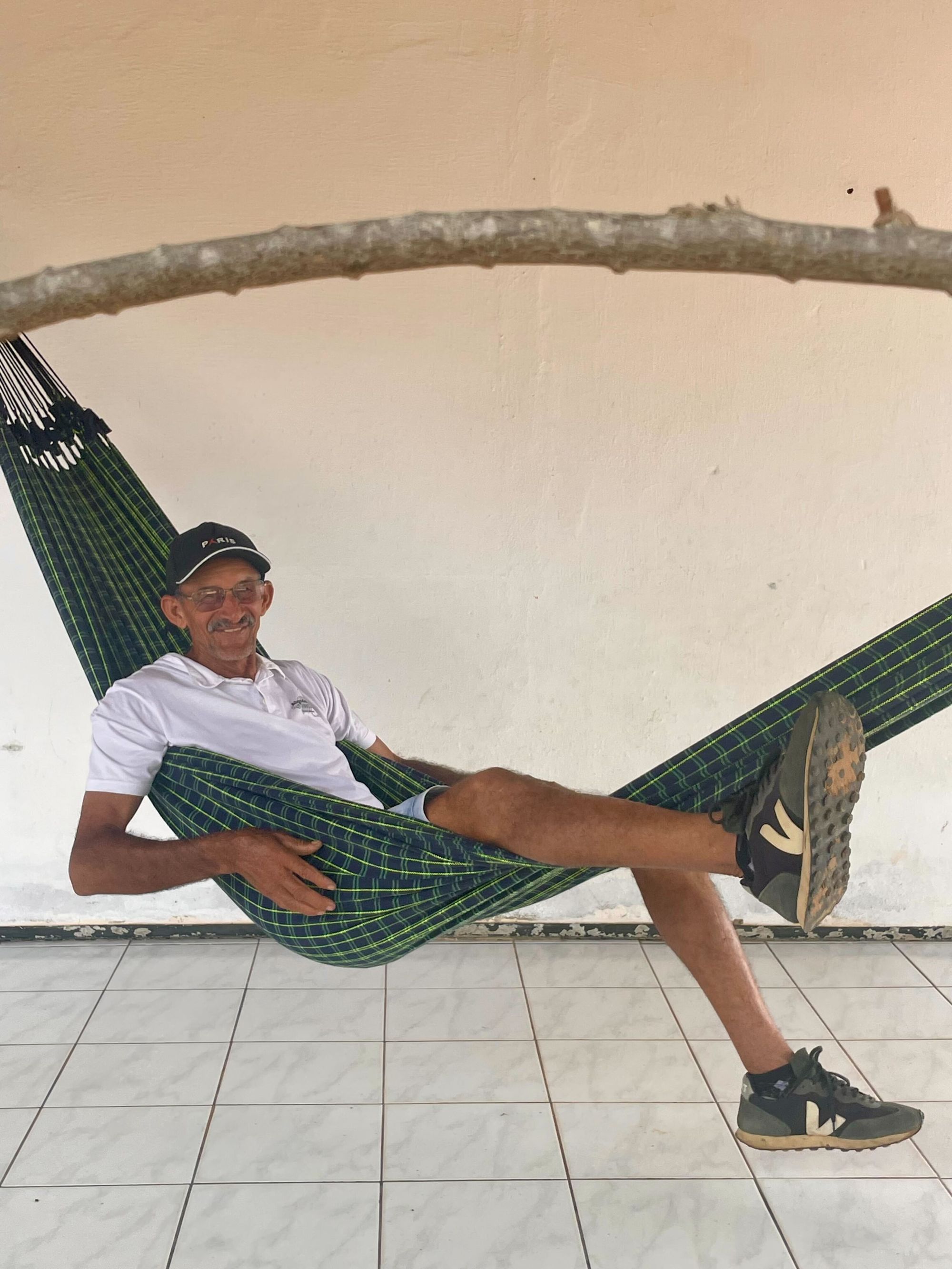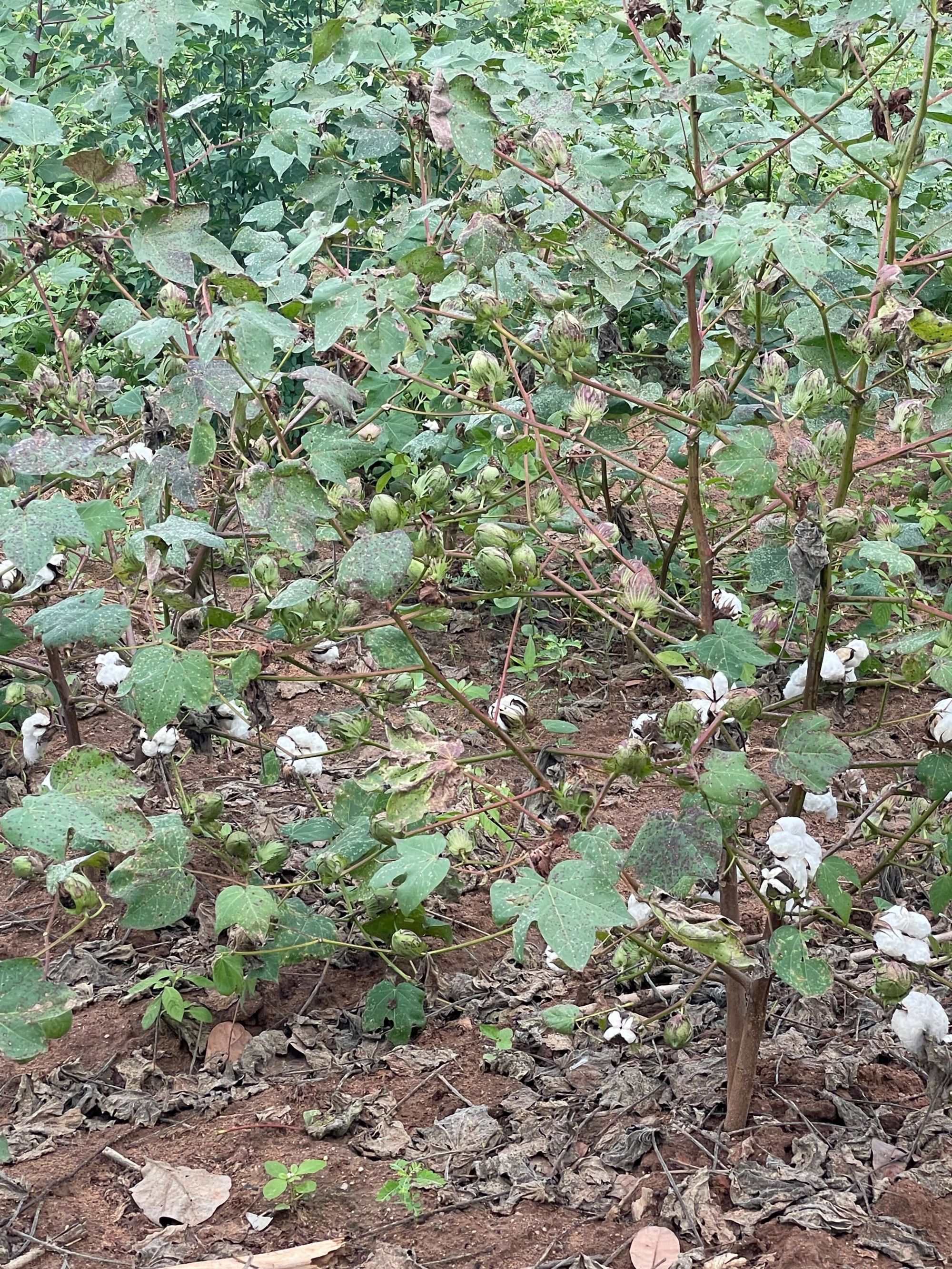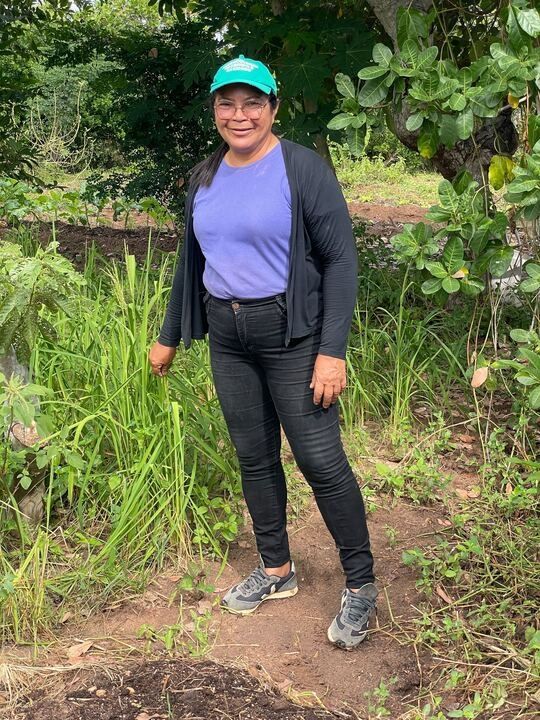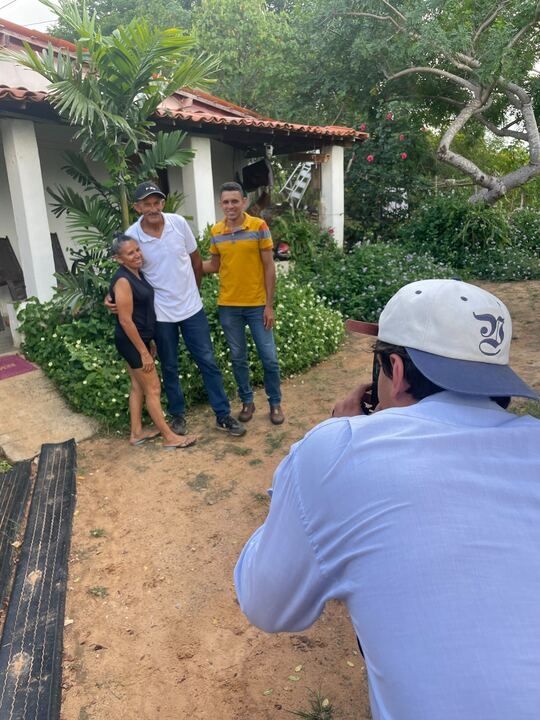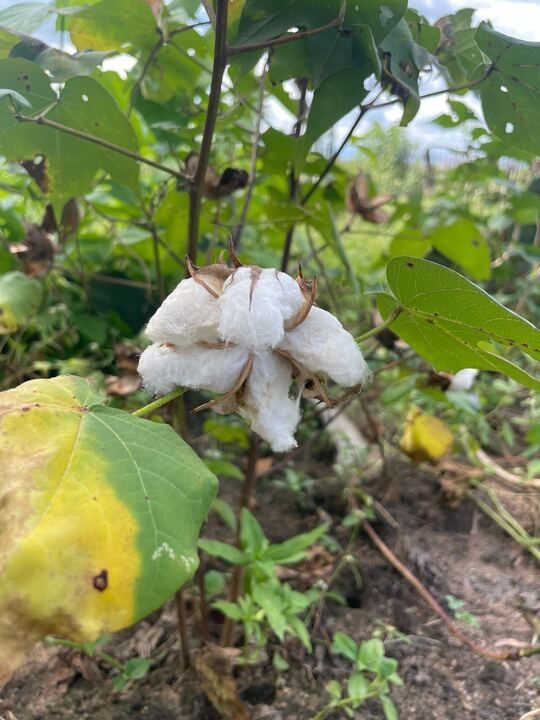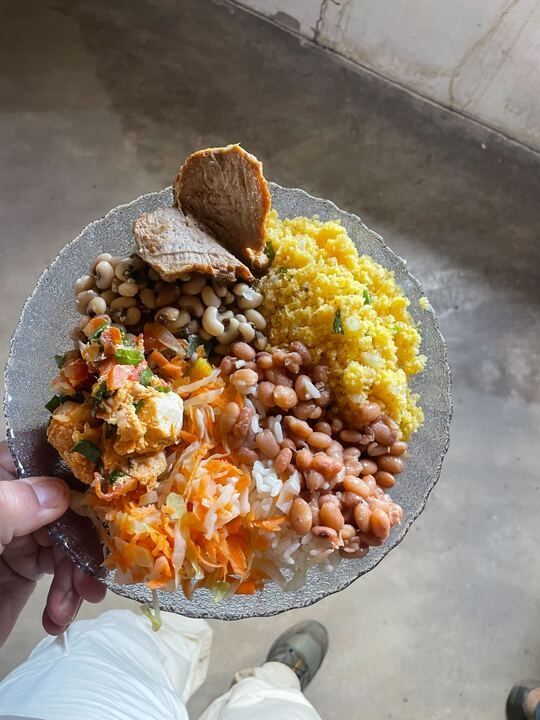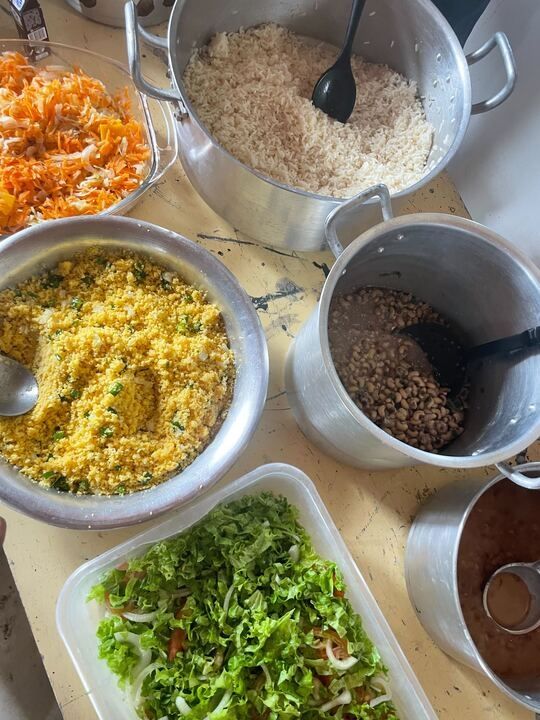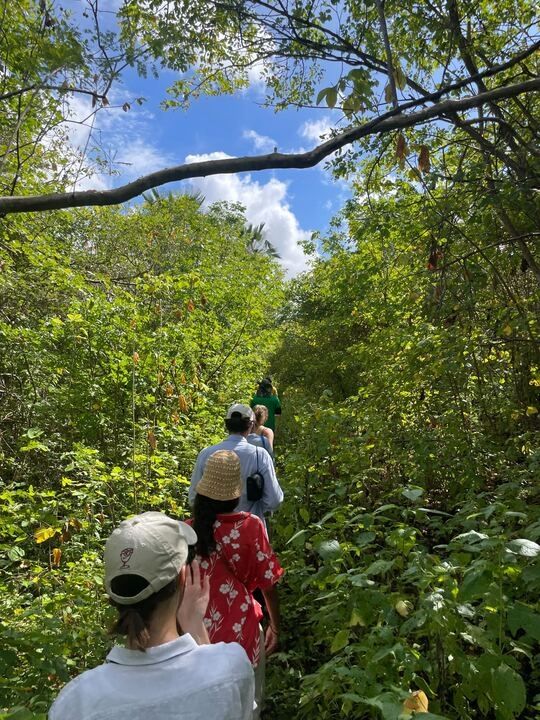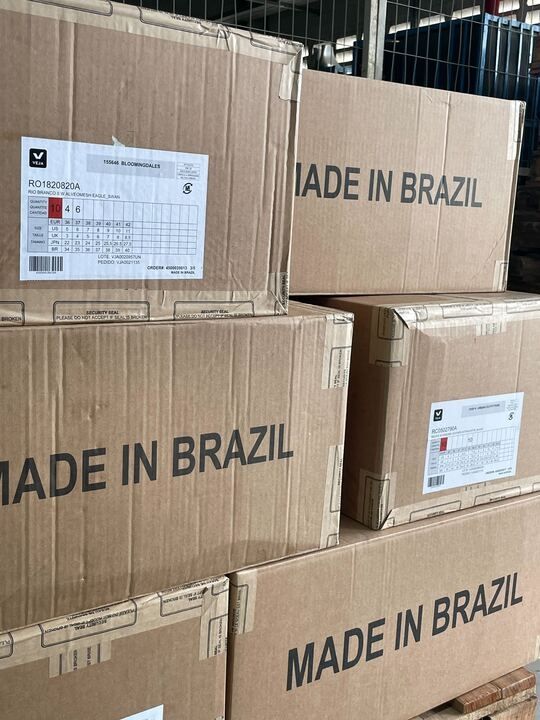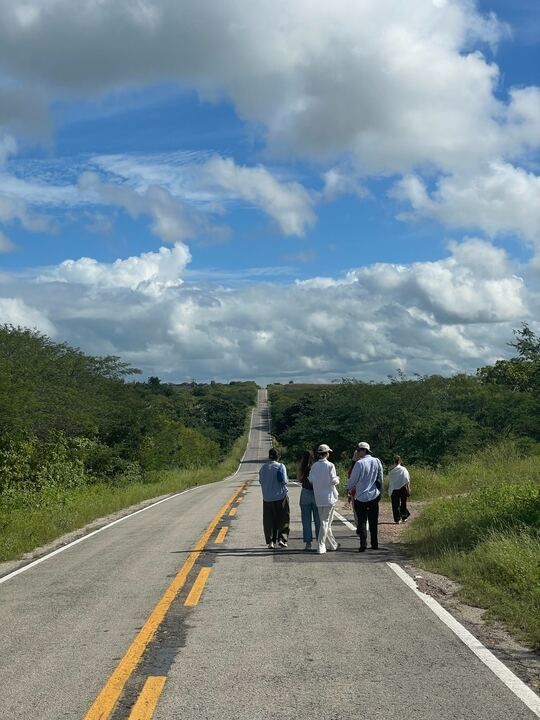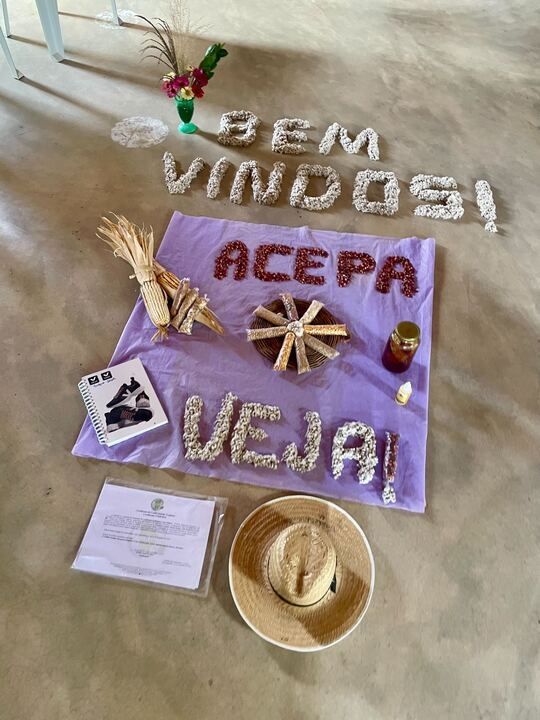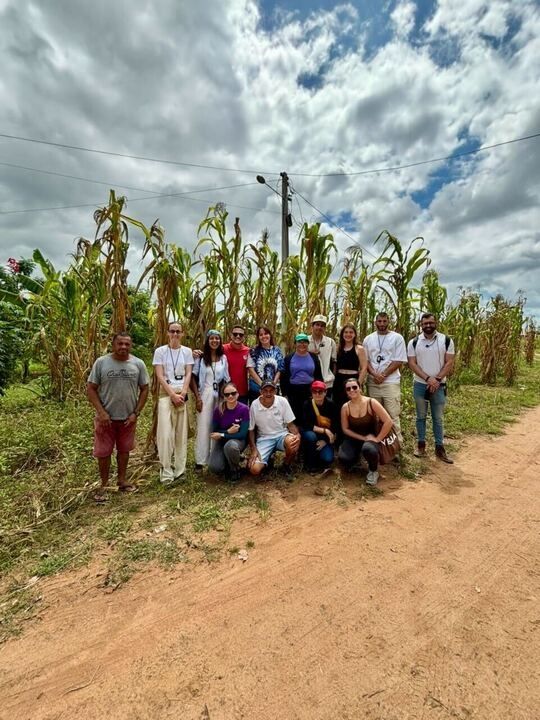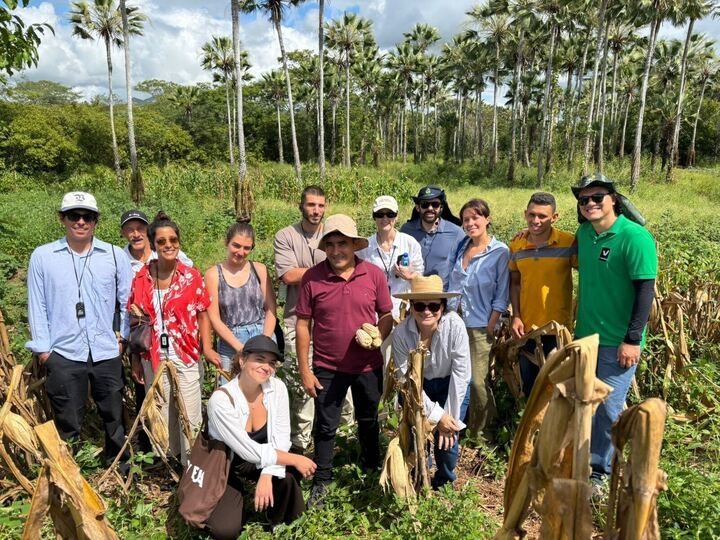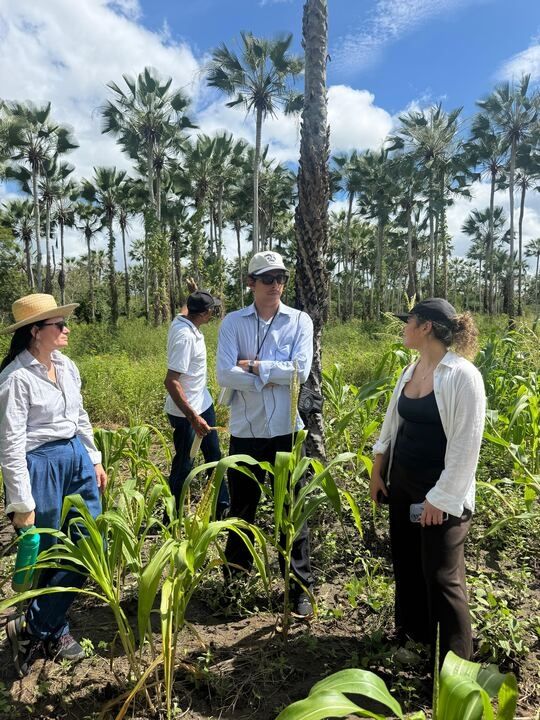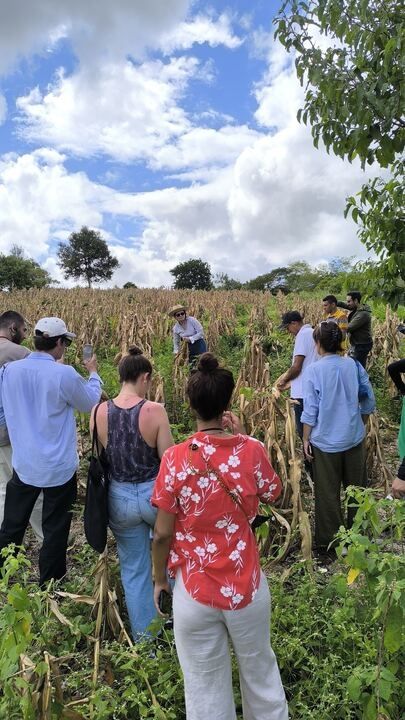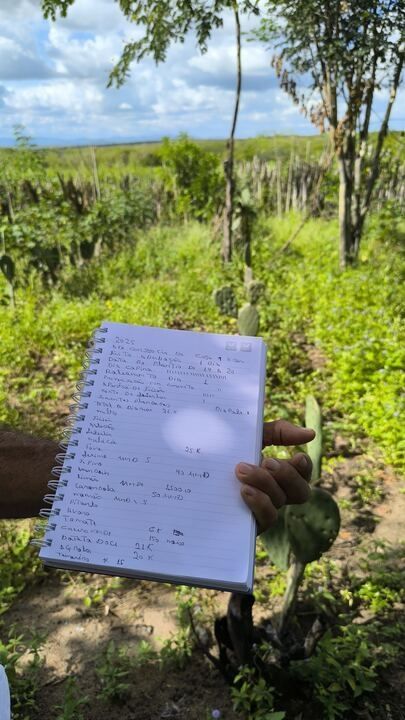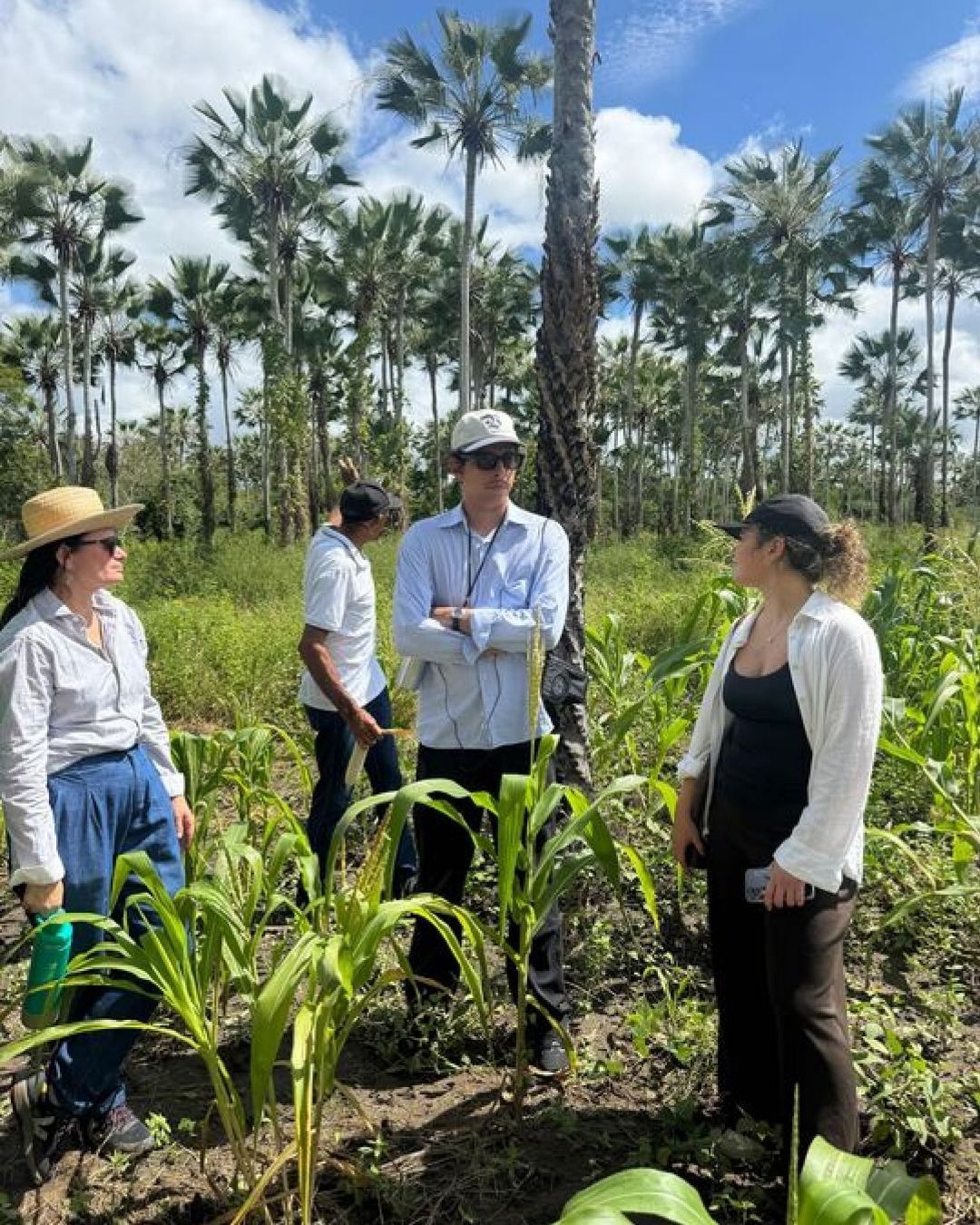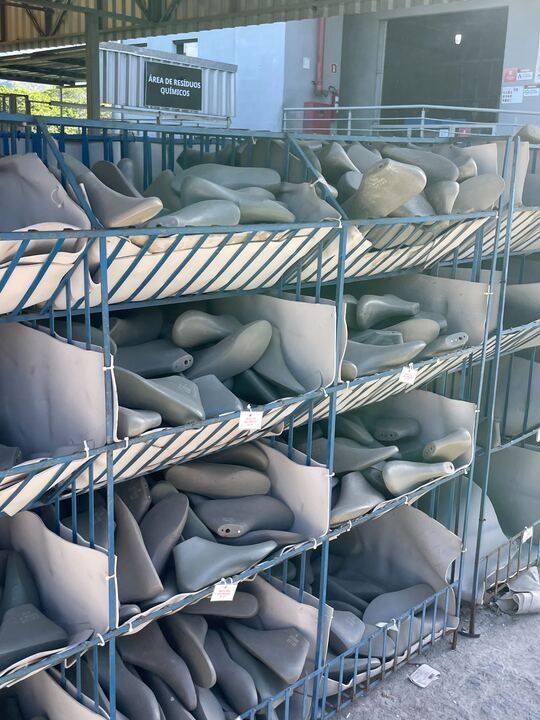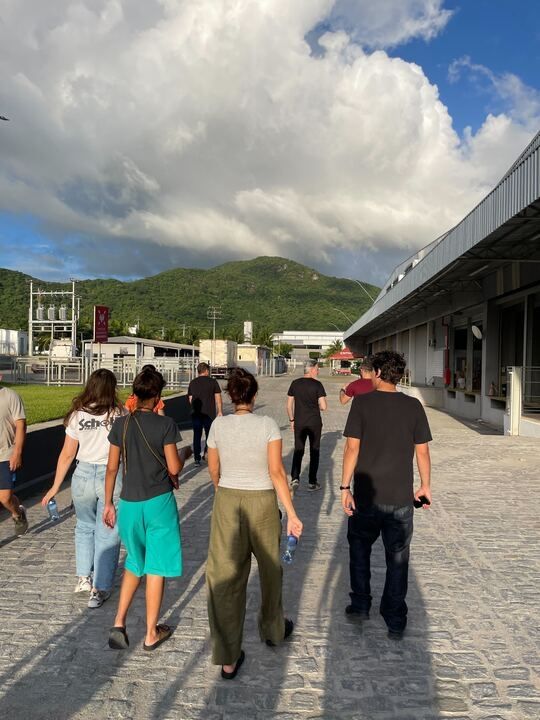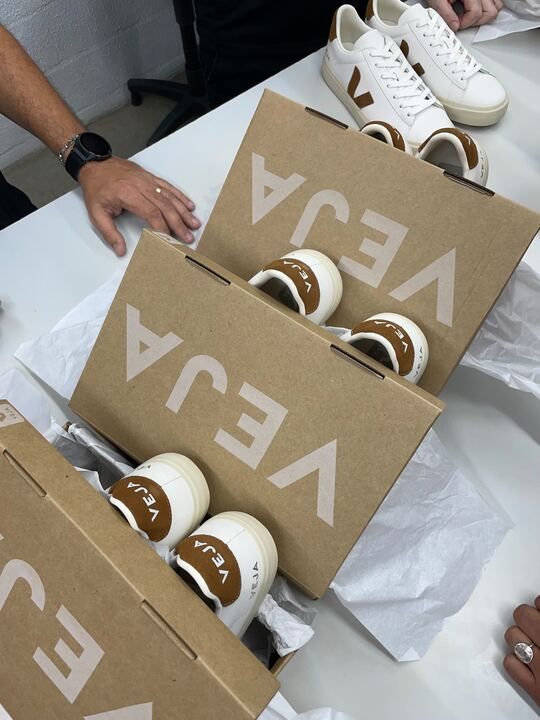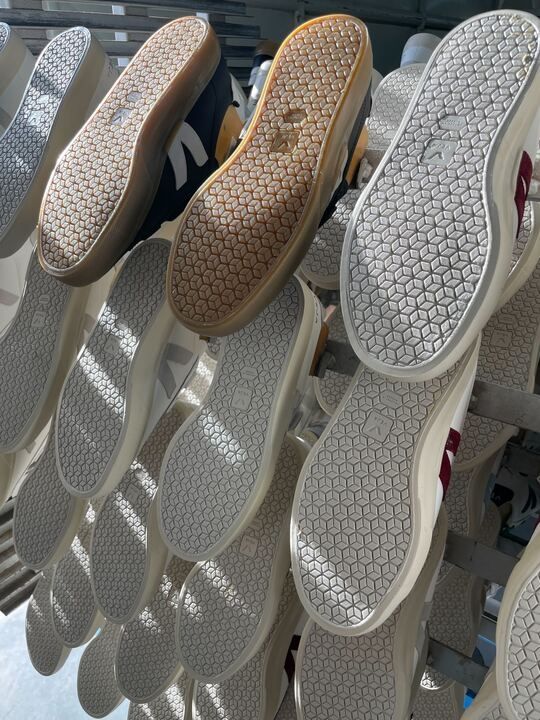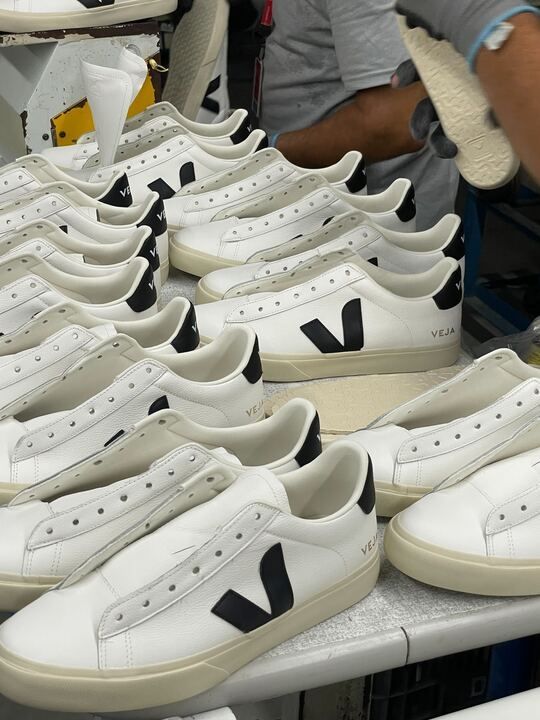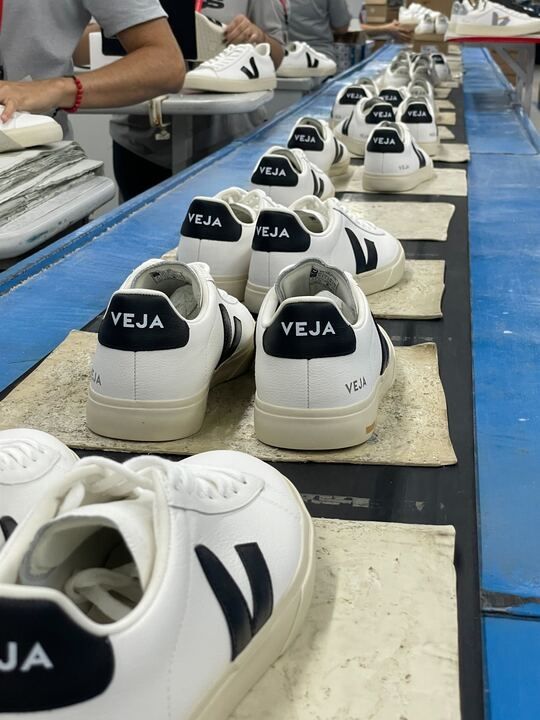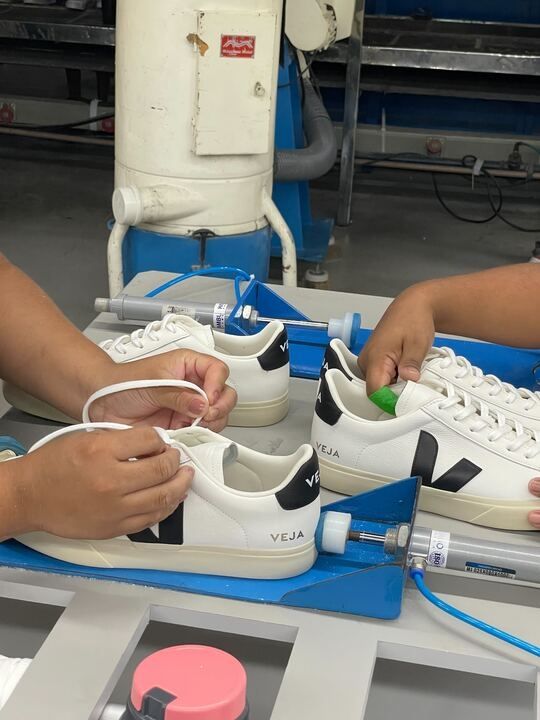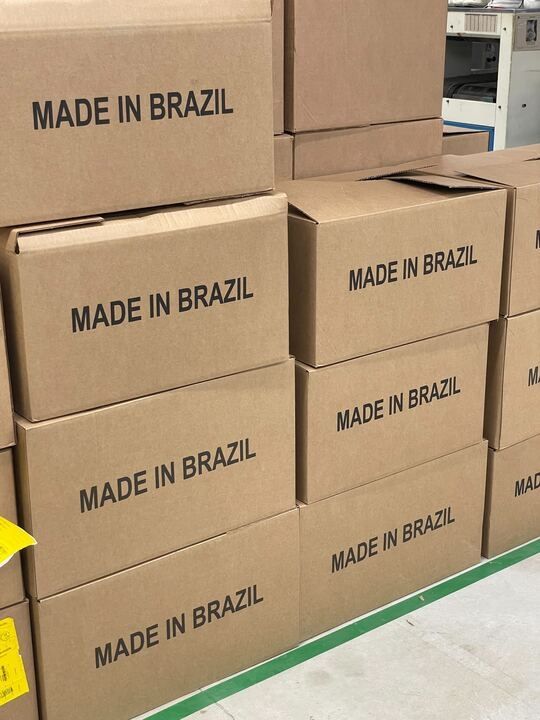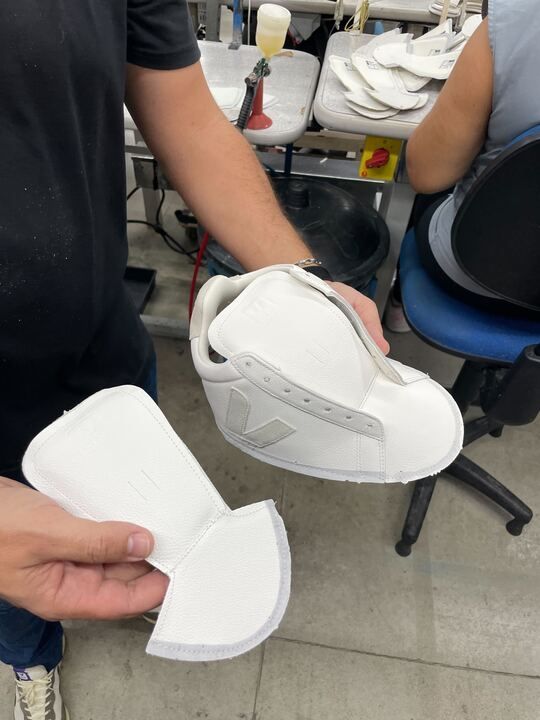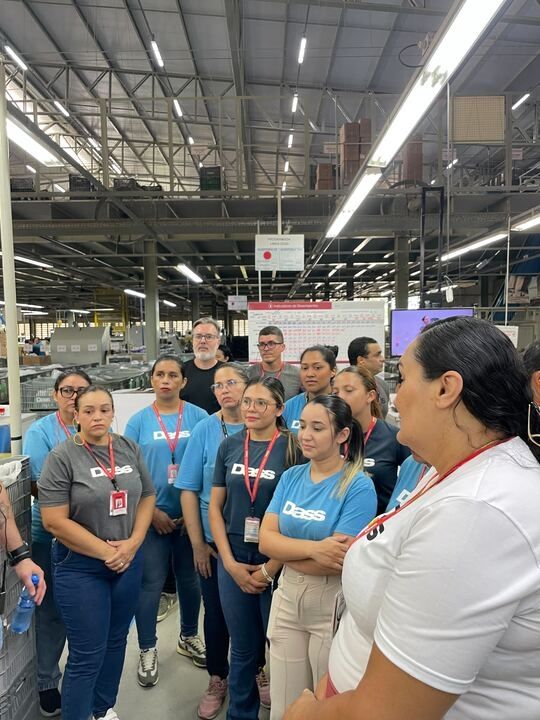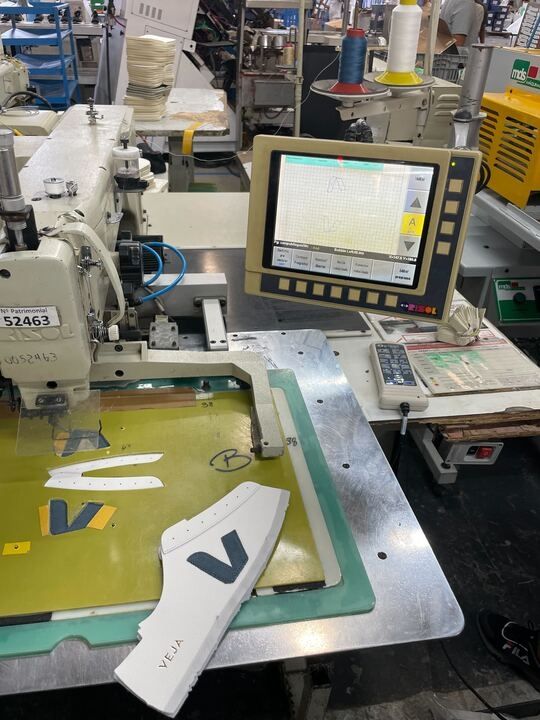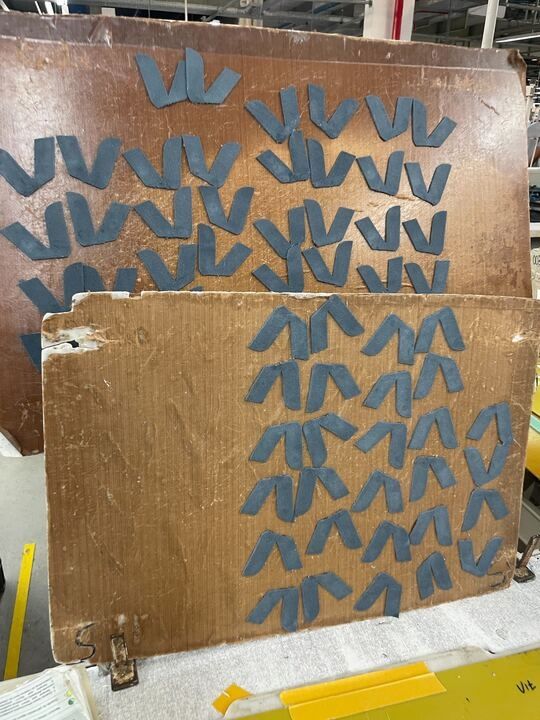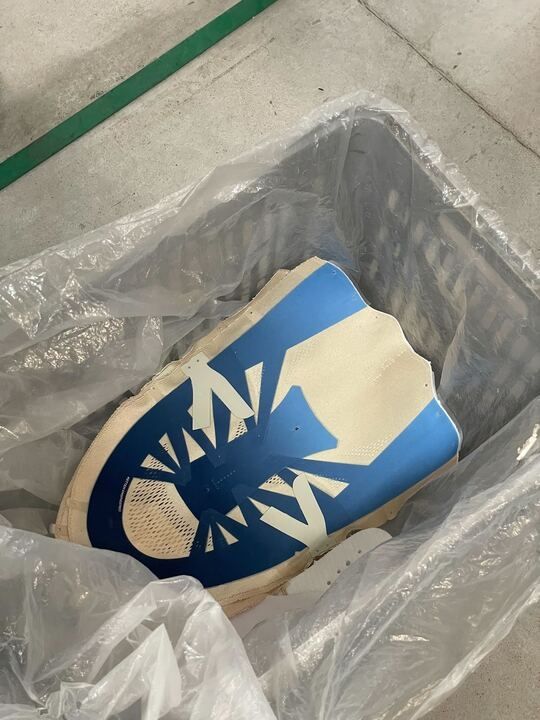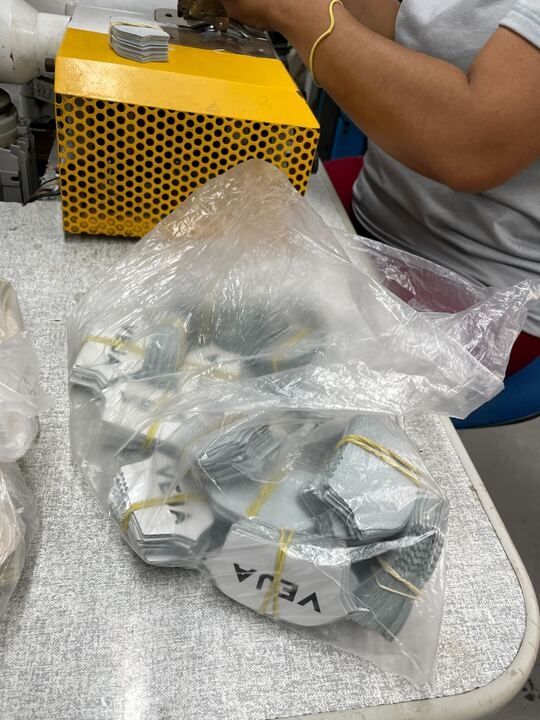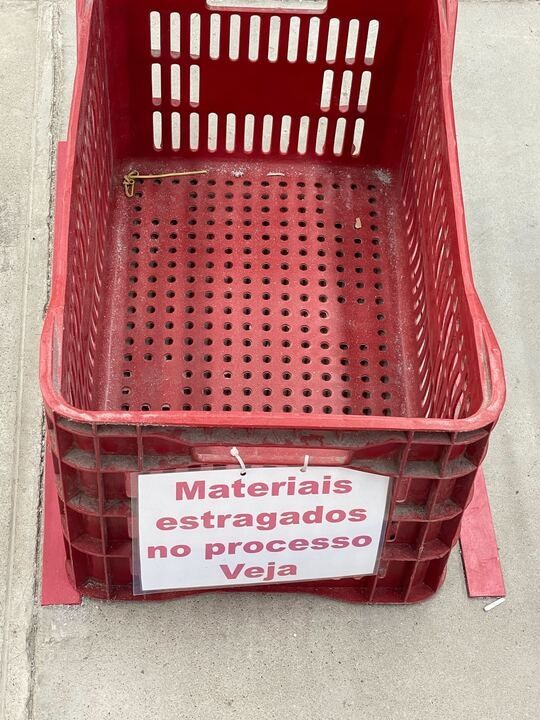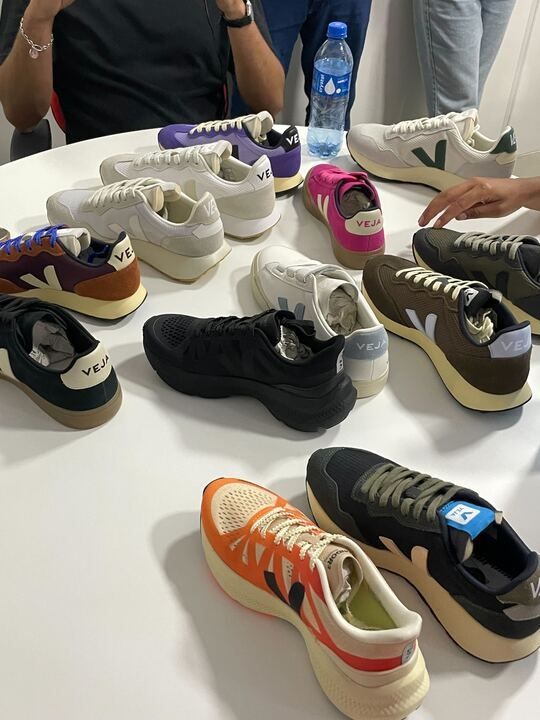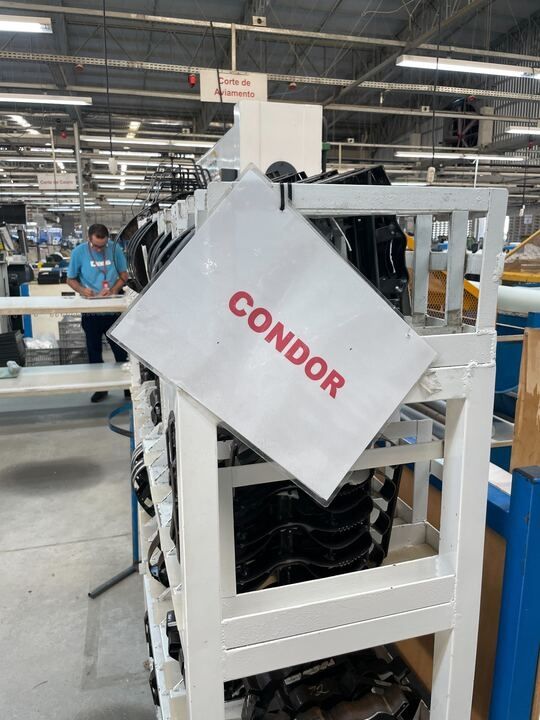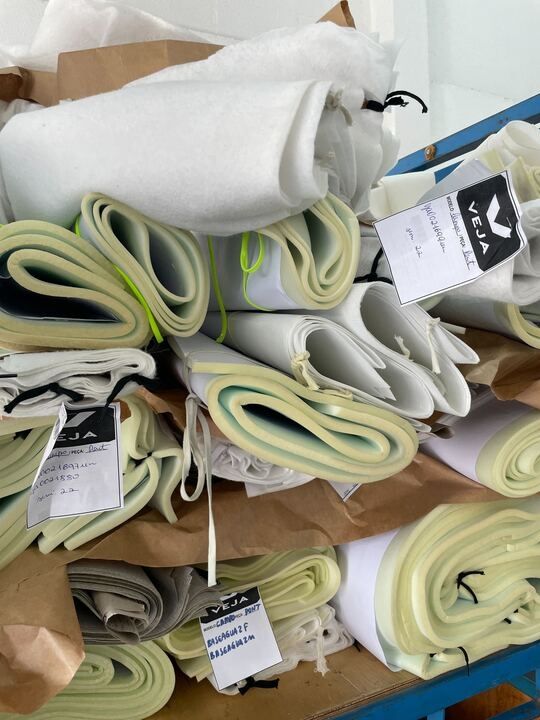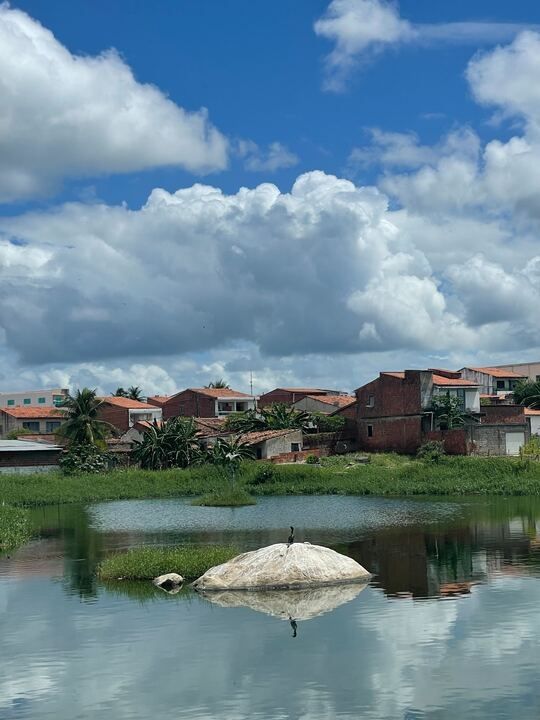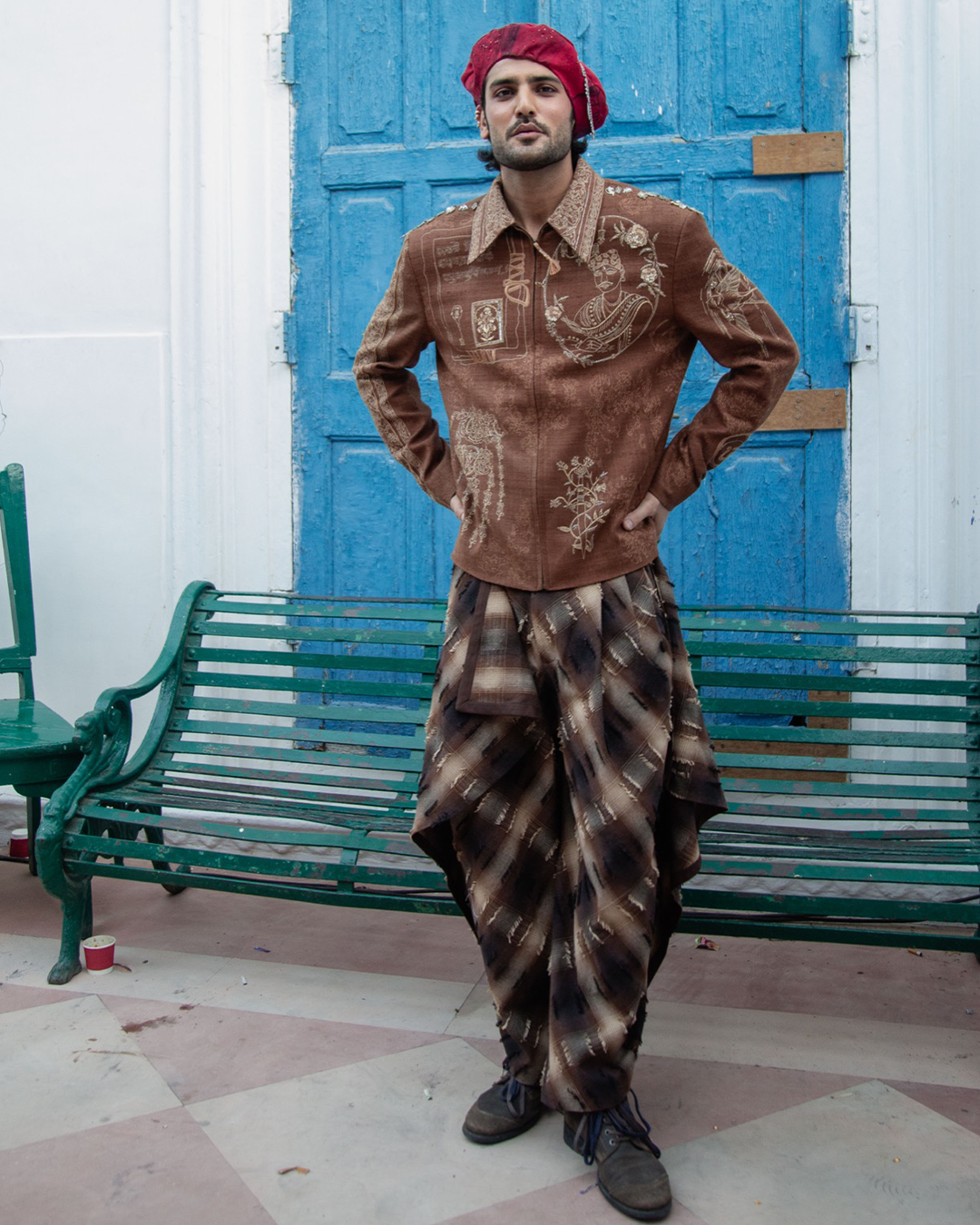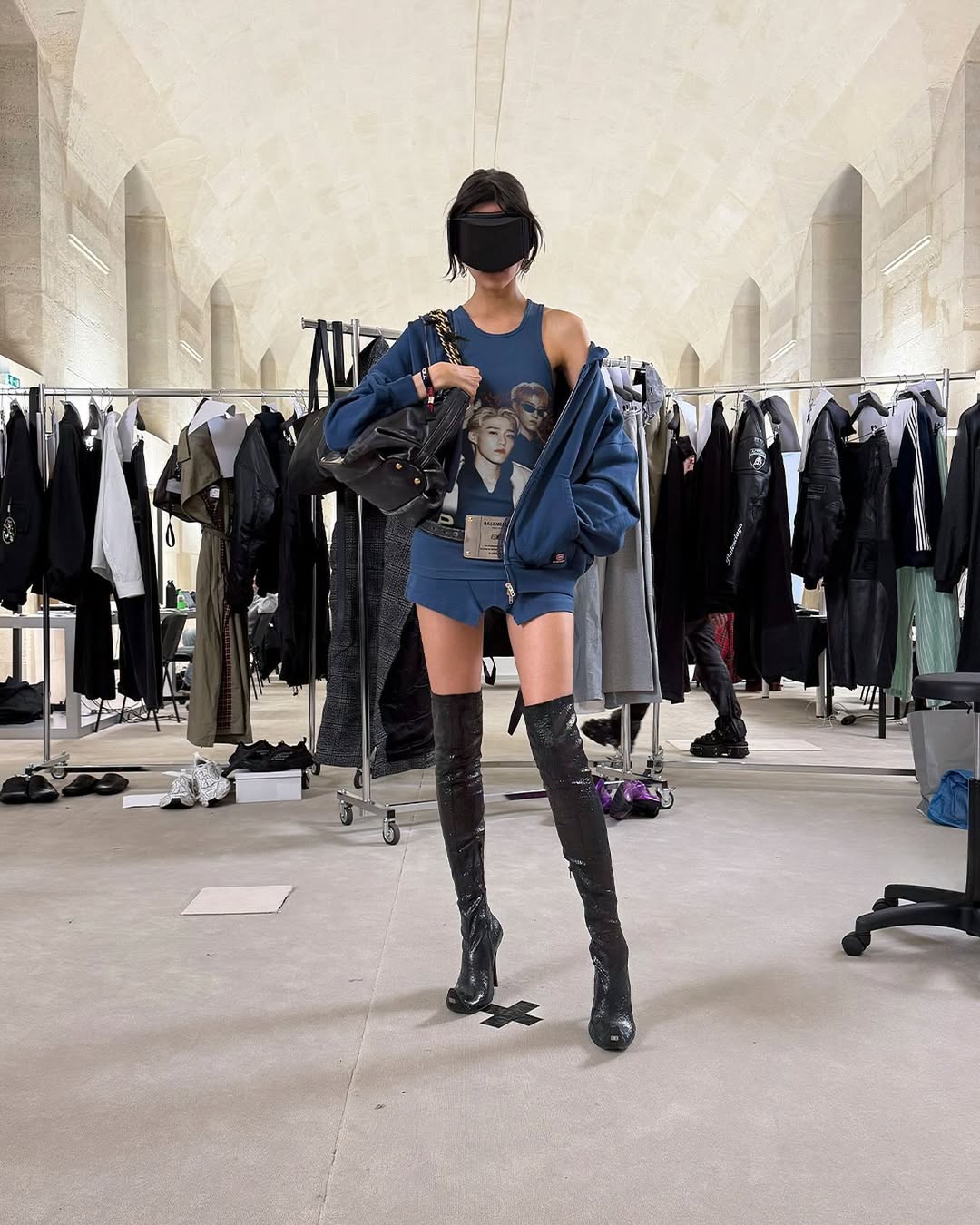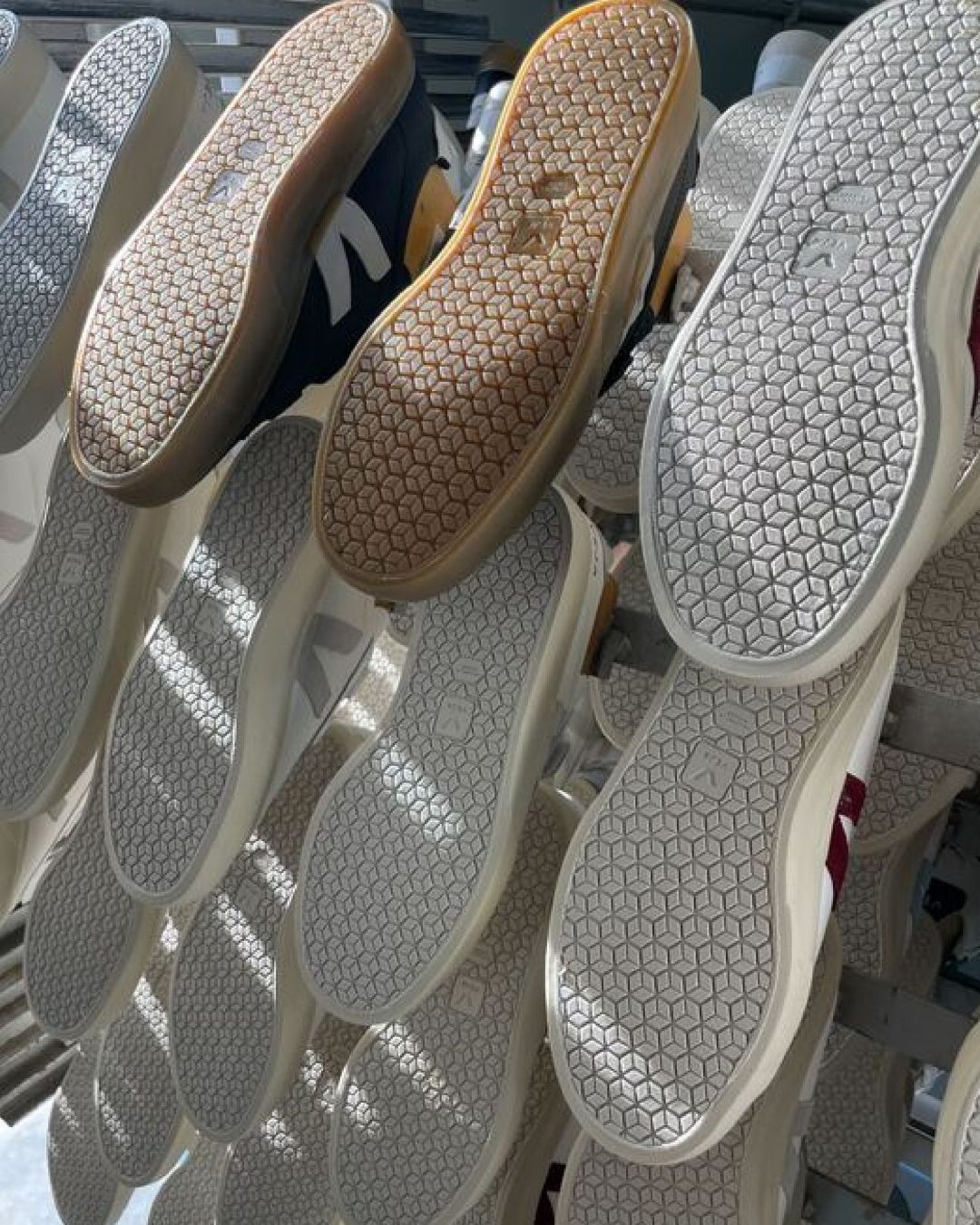
Veja takes us into the heart of Brazil, behind the scenes of its production From the planting of cotton that makes up the fabrics and laces to the assembly of shoes
Since 2005, Veja has been offering unique and original shoe designs that meet market demands and consumer desires, all while adhering to the ethical policy at its core. A policy that is reflected in social projects, a constant pursuit of economic justice, continuous use of ecological materials, and total transparency with the public. And it is precisely in this spirit of absolute transparency and to help us understand the ethical actions taken by the brand that Veja took us to the heart of its production — far from its chic and minimalist stores in the Marais, Montmartre, or even New York, and right into the depths of Brazil. Now it's our turn to take you on this ethical and enriching journey, where the craftsmanship of Brazilian families is whispered and passed down from generation to generation between two cotton plantations, where the magic happens and Veja's reality comes to life, long before its models cross the Atlantic and end up in our shoe closets.
Our journey begins in Fortaleza, in the east of Brazil, though we quickly left it behind to get to the heart of the matter — or rather, into the forest itself: Quixadà, where cotton fields are cultivated and maintained by local families who pass down their green thumb from father to son. Of the 1,750 families responsible for growing the cotton that is later turned into Veja shoes, 1,500 are located in Brazil. That includes the family of João Félix, active on the cotton fields and Veja partner for twenty years, one of the very first, and his son Jullyerlly, who kindly gave us a tour of the fields where the cotton grows, later transformed by Veja into canvas and laces. Always surrounded by cotton, we then witnessed a demonstration of the practical use of agroecological cotton, before the father and his son open the doors of their home to tell us more about their work and daily life, as well as to make us discover a typical local dish, generously shared.
From cotton cultivation to transformation, including water reuse, every step of Veja’s production is guided by strict creation processes and, above all, protection of the worker, regardless of their role in the company. Both the father, the son, and all the farmers that collaborate with Veja are covered by a biannual contract, ensuring them a monthly salary even in the case of a weak or non-existent harvest. This is one of many principles implemented by Veja, which also promises unwavering support to local families and communities through partnerships with cooperatives such as ACEPA (participatory agroecological certification association) and ESPLAR (an NGO supporting family farming, agroecology, and women’s rights), fair prices based on living costs, advance salary payments during the planting phase, premium bonuses for workers and cooperatives, as well as the promotion of the role of women in these structures and the encouragement of their empowerment. A clear example is Maria, a seasoned worker from Quixadà, who now manages two hectares of intercropped land and moved us with her story about organizing a Christmas celebration for her family thanks to the bonus Veja offers to workers who keep journals documenting the planting and harvesting processes.
After visiting the fields and discovering their raw materials, we continued our immersion in Itapipoca, home to the largest Brazilian Veja production factory. It is in a factory belonging to the DASS group that the shoes take shape, using organic cotton for canvas and laces, Amazonian rubber for soles, and innovative materials made from recycled polyester for certain finishes. All the machinery used in production is of high quality and comes from all over the world, mostly from France and Italy. When they receive materials from suppliers, they run tests to check whether they pass quality controls and meet all the necessary requirements to be used in shoe production.
The factory doesn’t just manufacture the shoes: for some models like the Condor 3, they are involved in the design process, testing, developing, and modifying the shoe’s silhouette while working on its functionality and technology. Once the first draft of the model arrives from France, they carry out multiple trials and suggest adjustments to the design team, engaging in constant back-and-forth until the final version is achieved. From the iconic Campo model to the sporty Condor, and even the brand-new Etna sandal recently showcased in Sicily, Veja continues to shine — not just through its diverse designs, but above all through a responsible and respectful production, both for its customers and the many hands that make it possible. Despite the distance, Veja manages to bring a little Brazilian sunshine into our closets — even under Paris’s gray skies.


